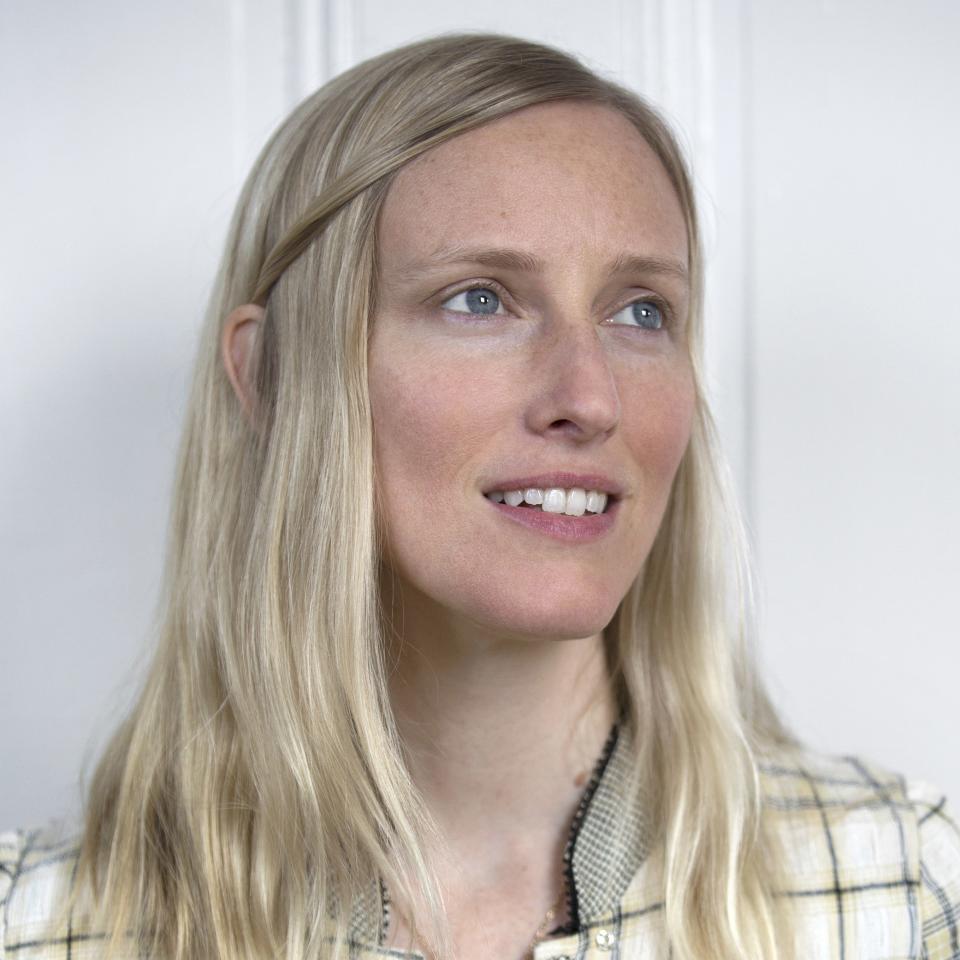The World Isn’t Coming to an End, Says Model Turned Astrologer Juliana McCarthy
The World Isn’t Coming to an End, Says Model Turned Astrologer Juliana McCarthy
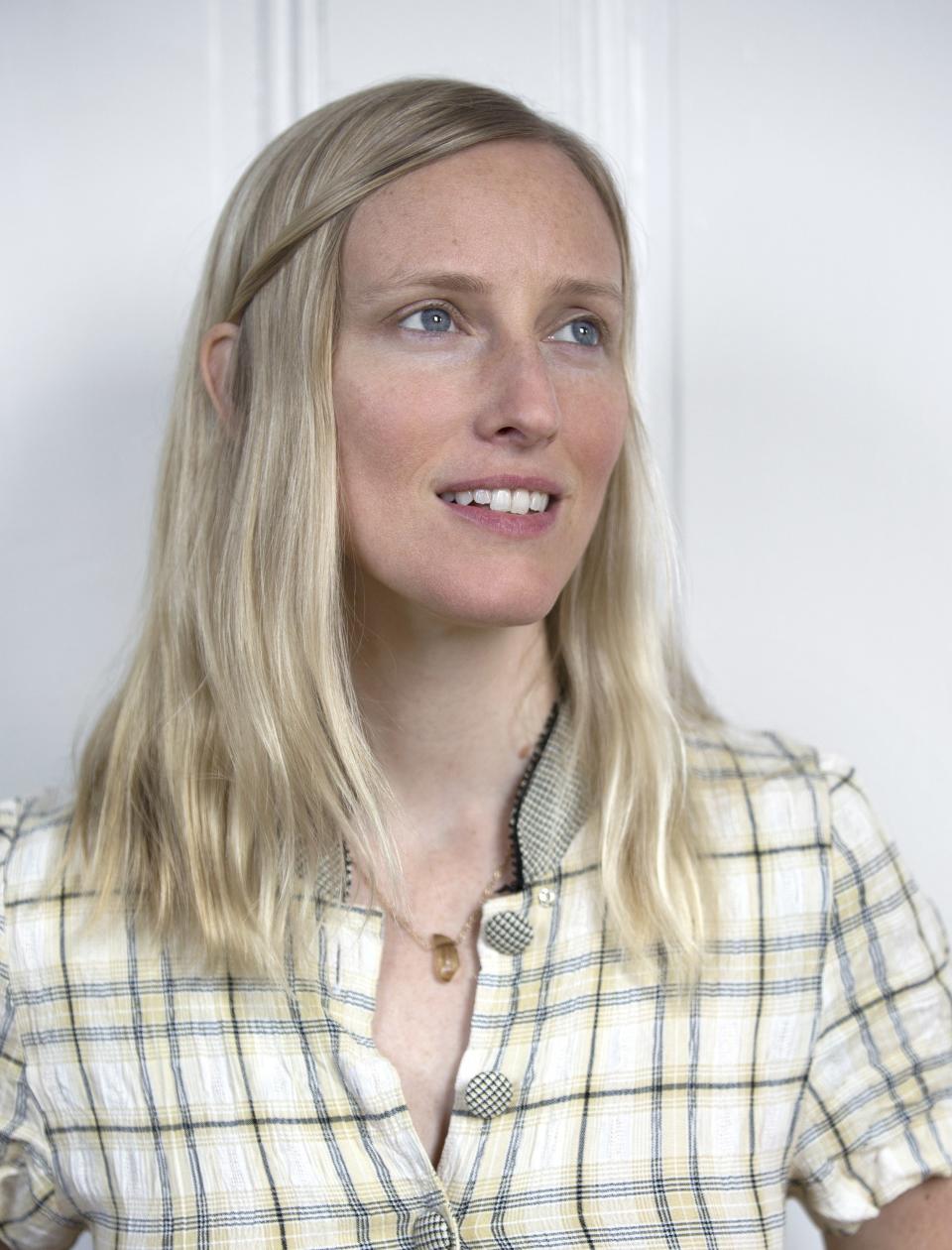
Juliana McCarthy Now and Then
Photo: Courtesy of Juliana McCarthy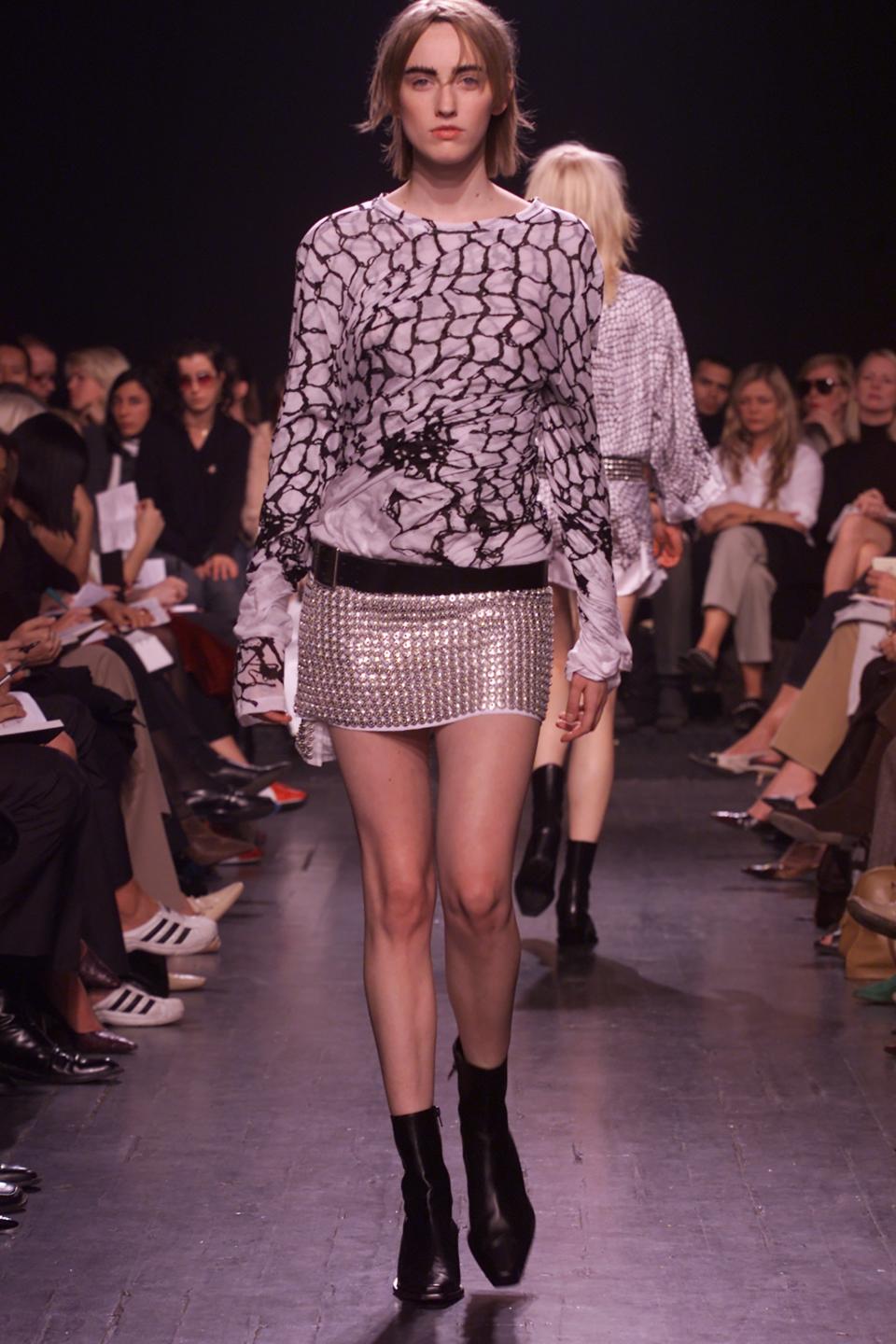
Juliana McCarthy
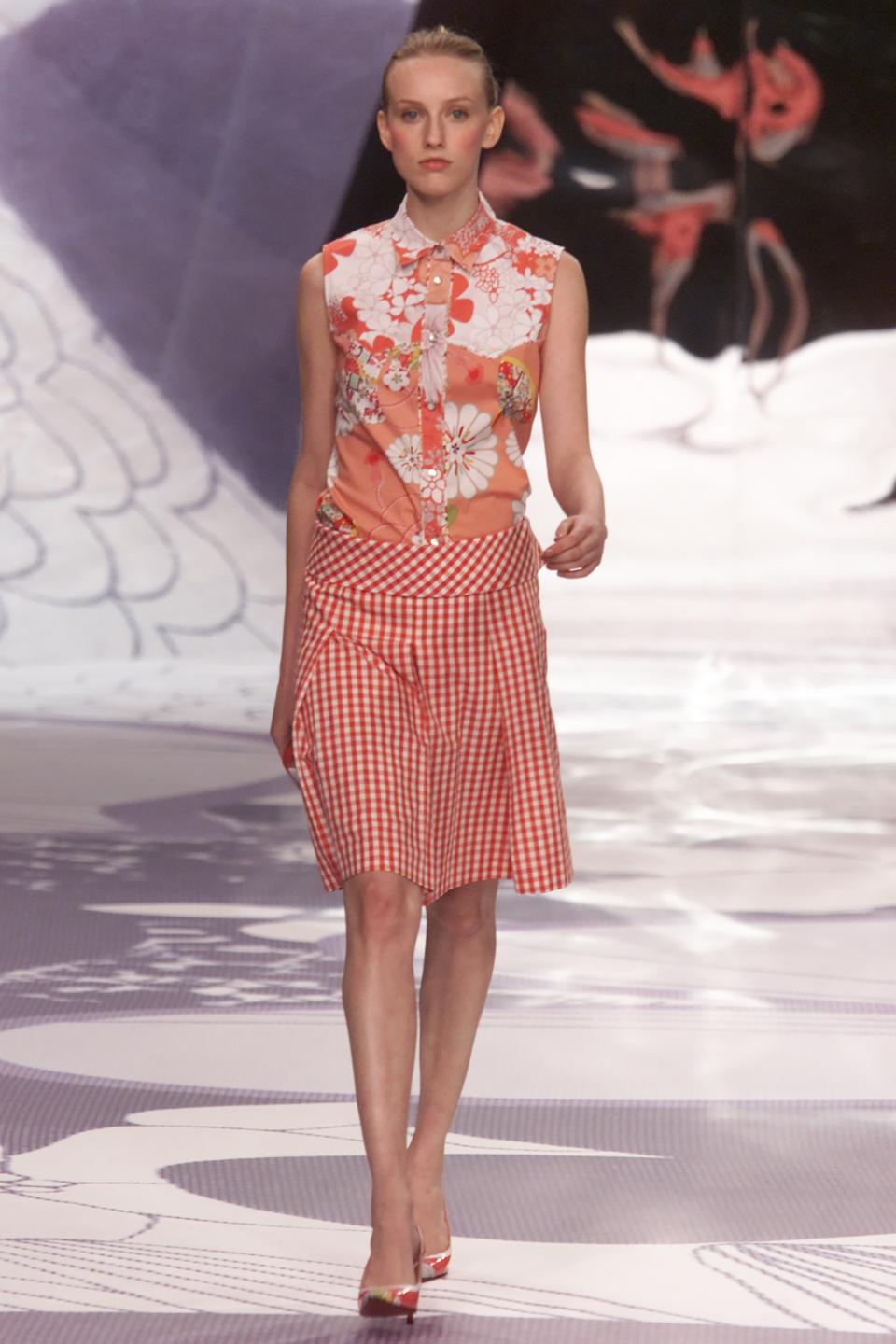
Juliana McCarthy
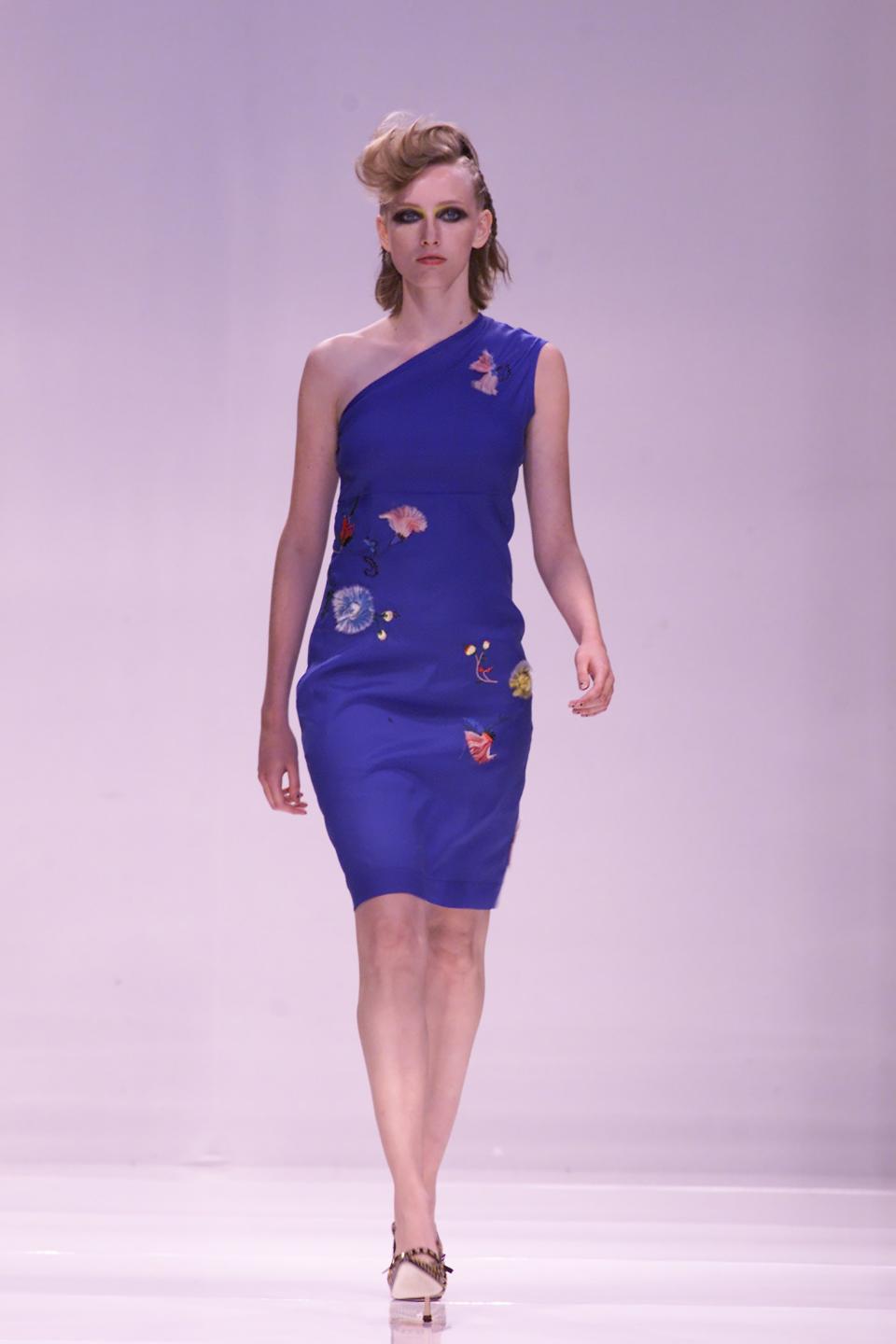
Juliana McCarthy
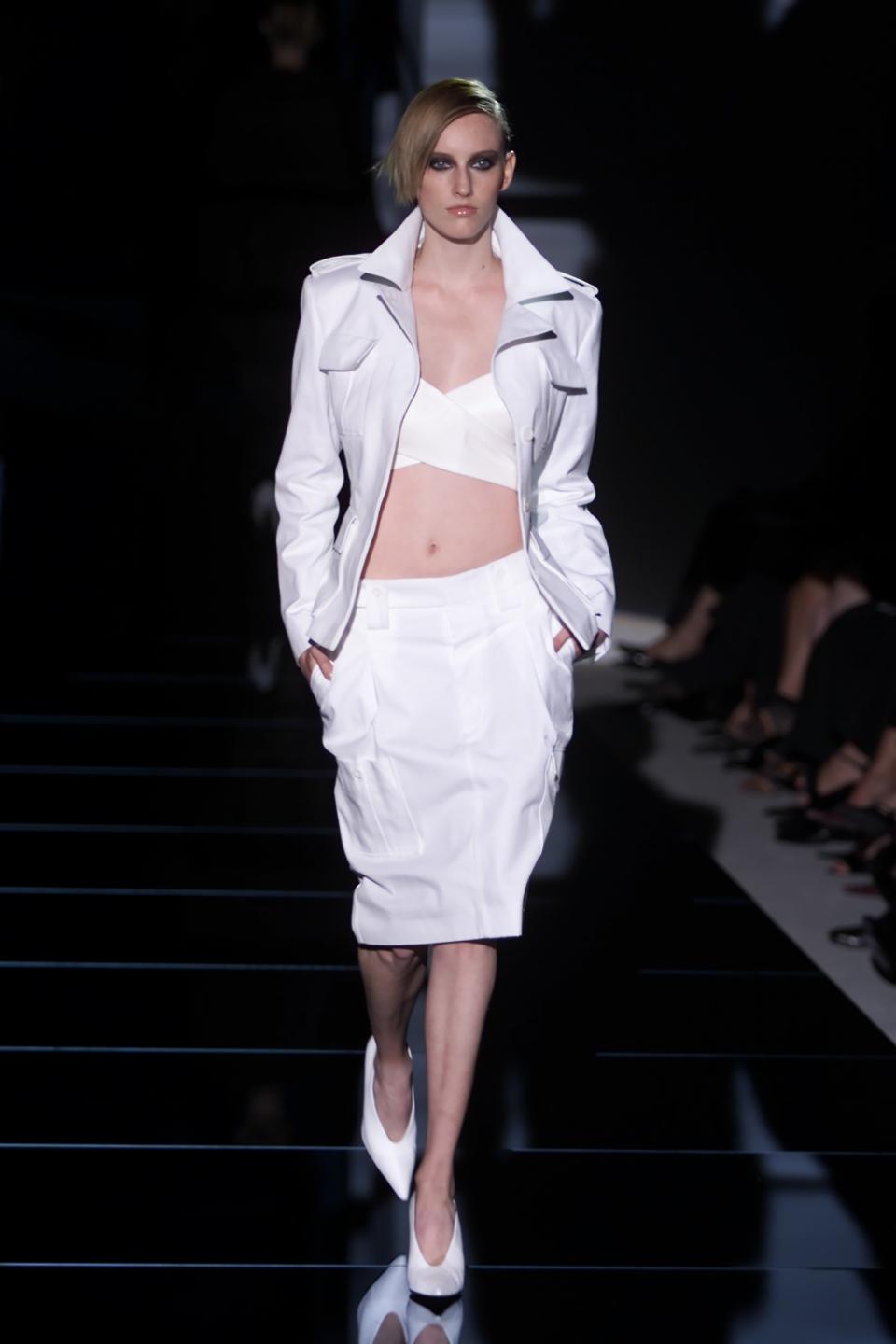
Juliana McCarthy
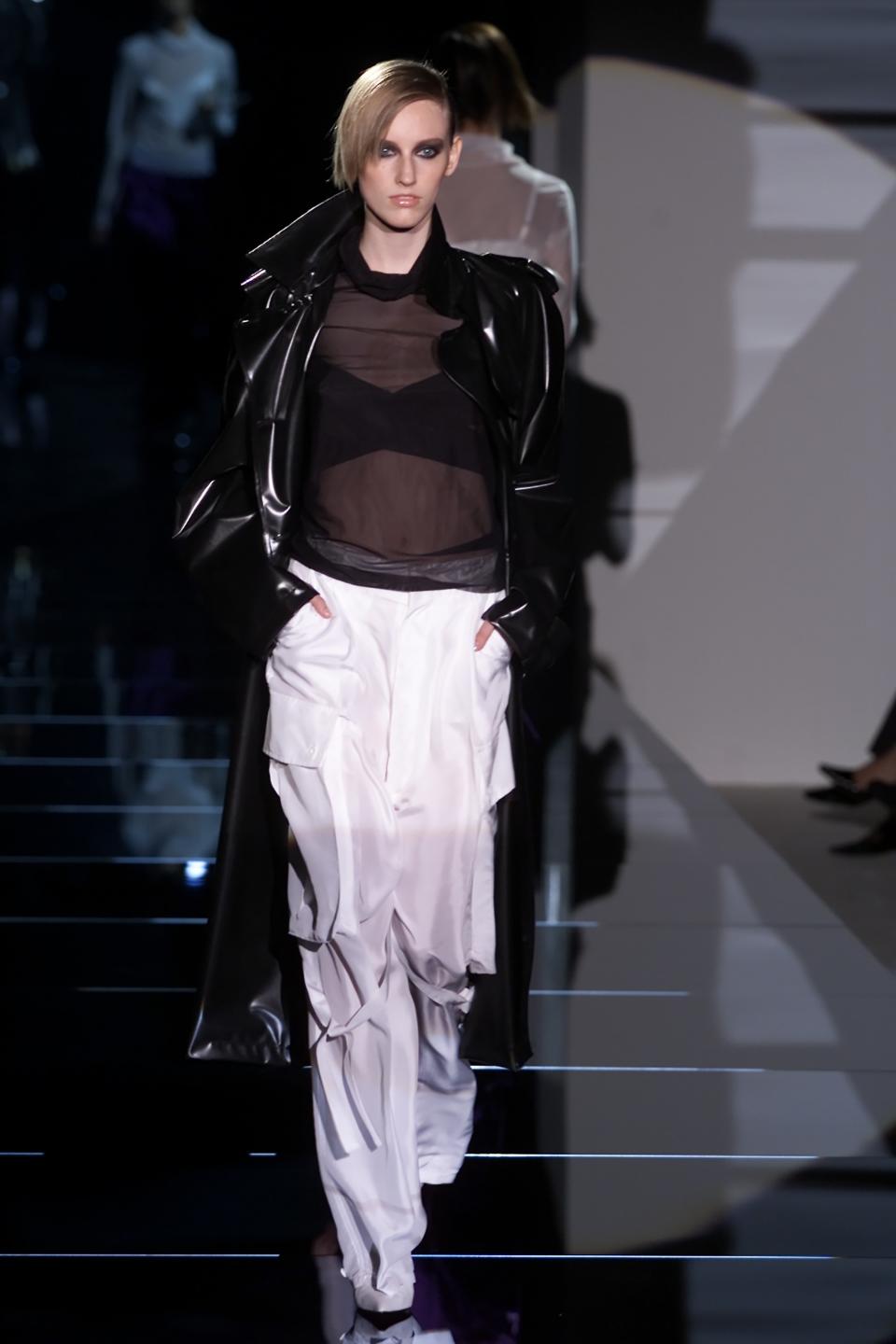
Juliana McCarthy
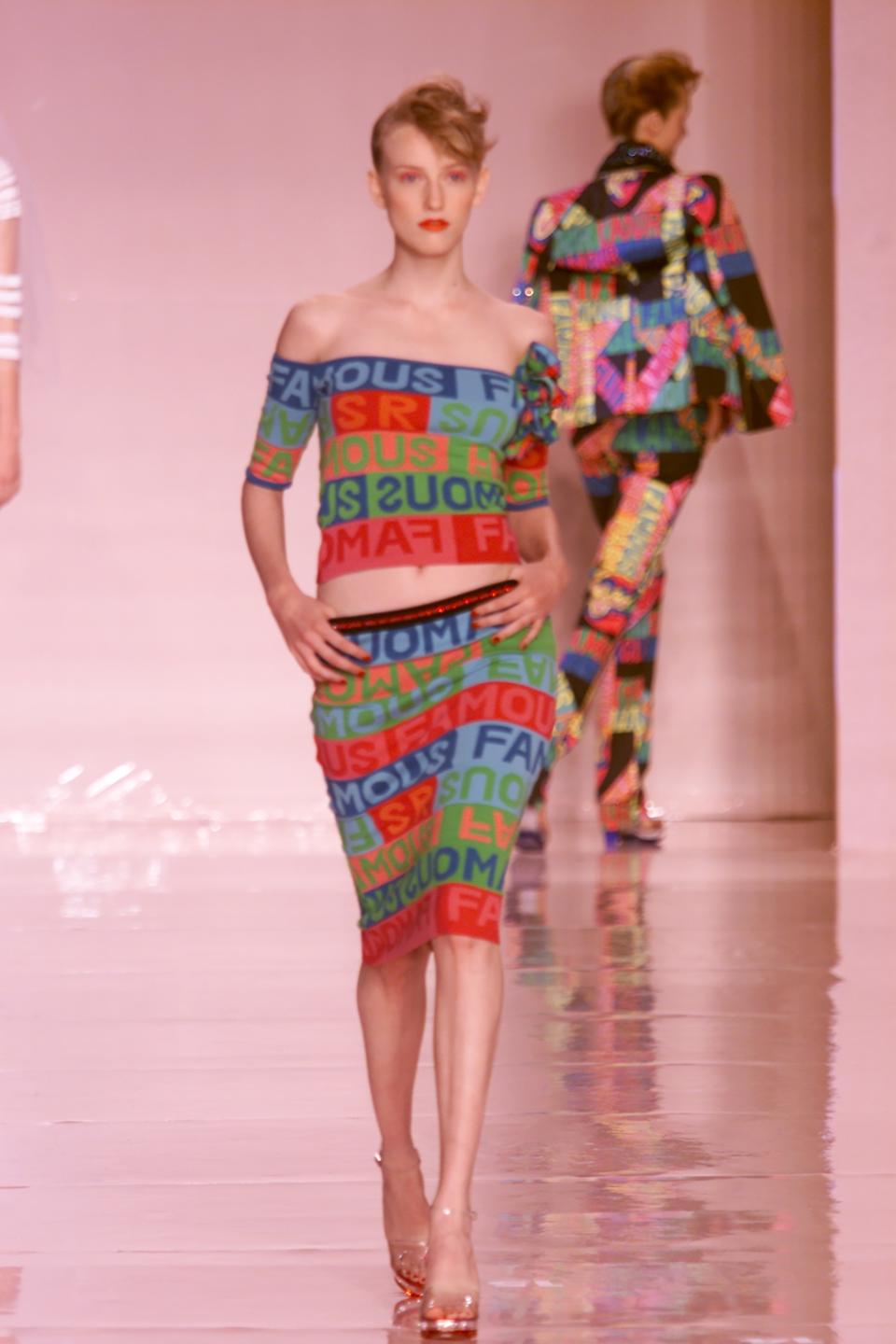
Juliana McCarthy
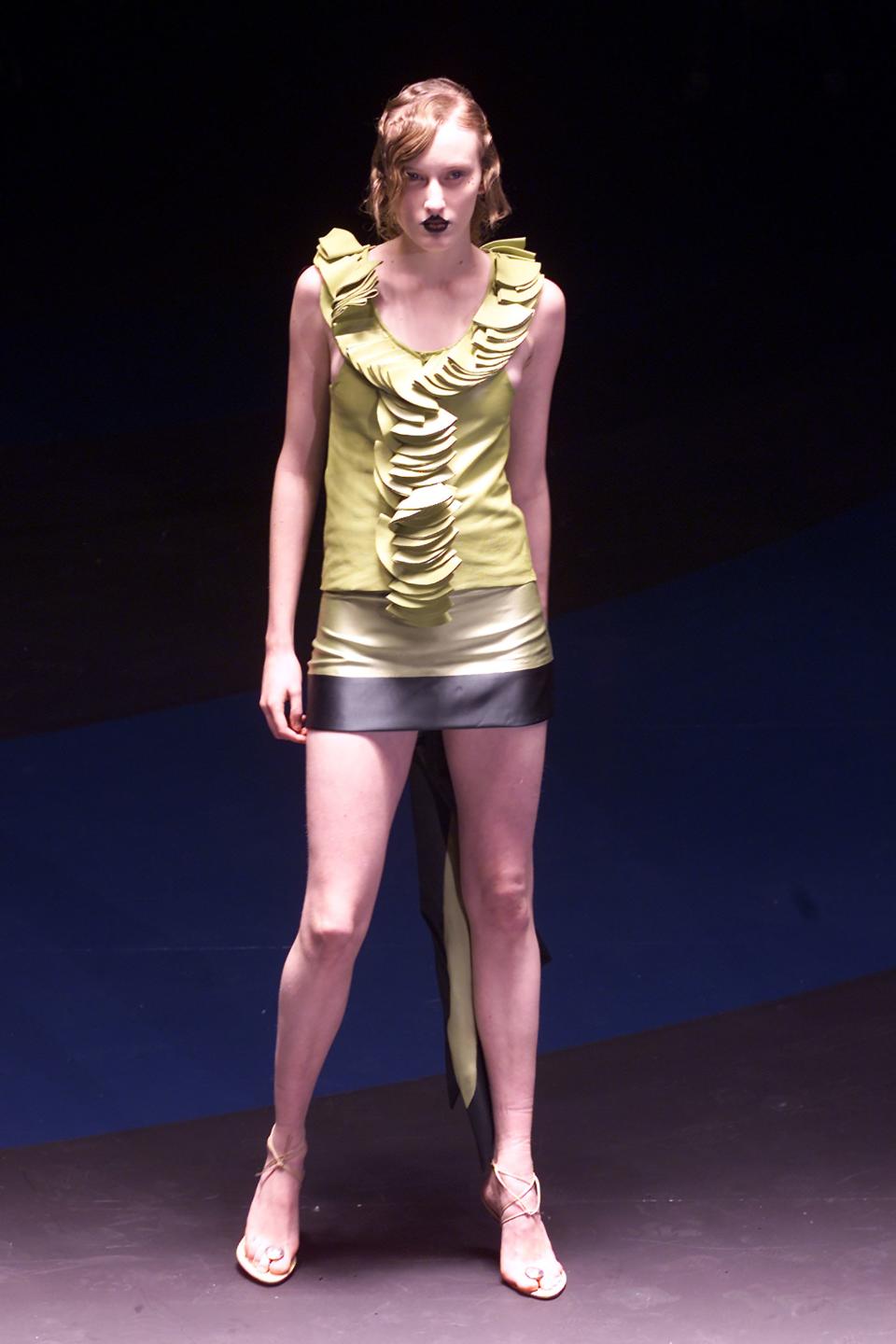
Juliana McCarthy
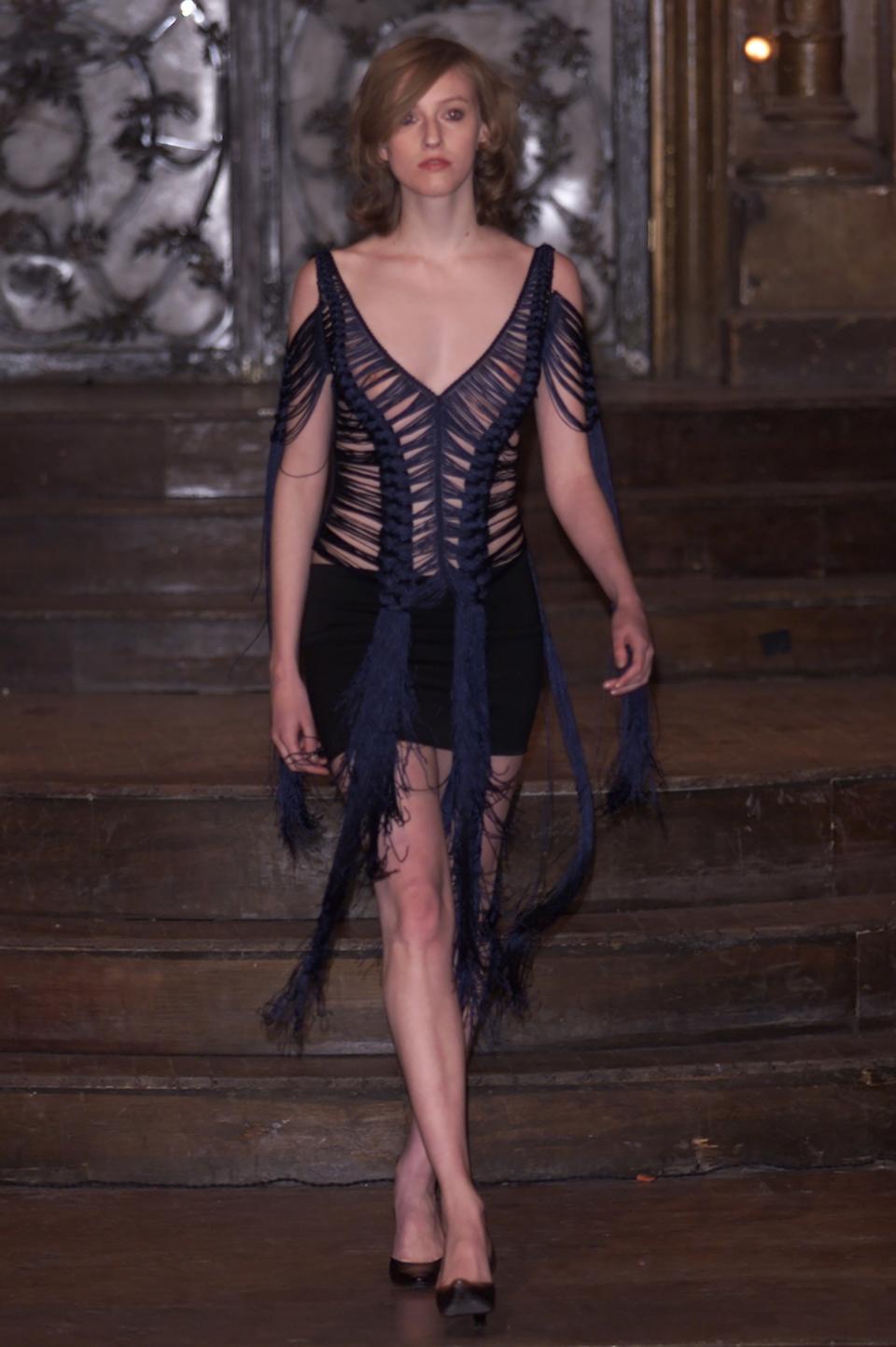
Juliana McCarthy
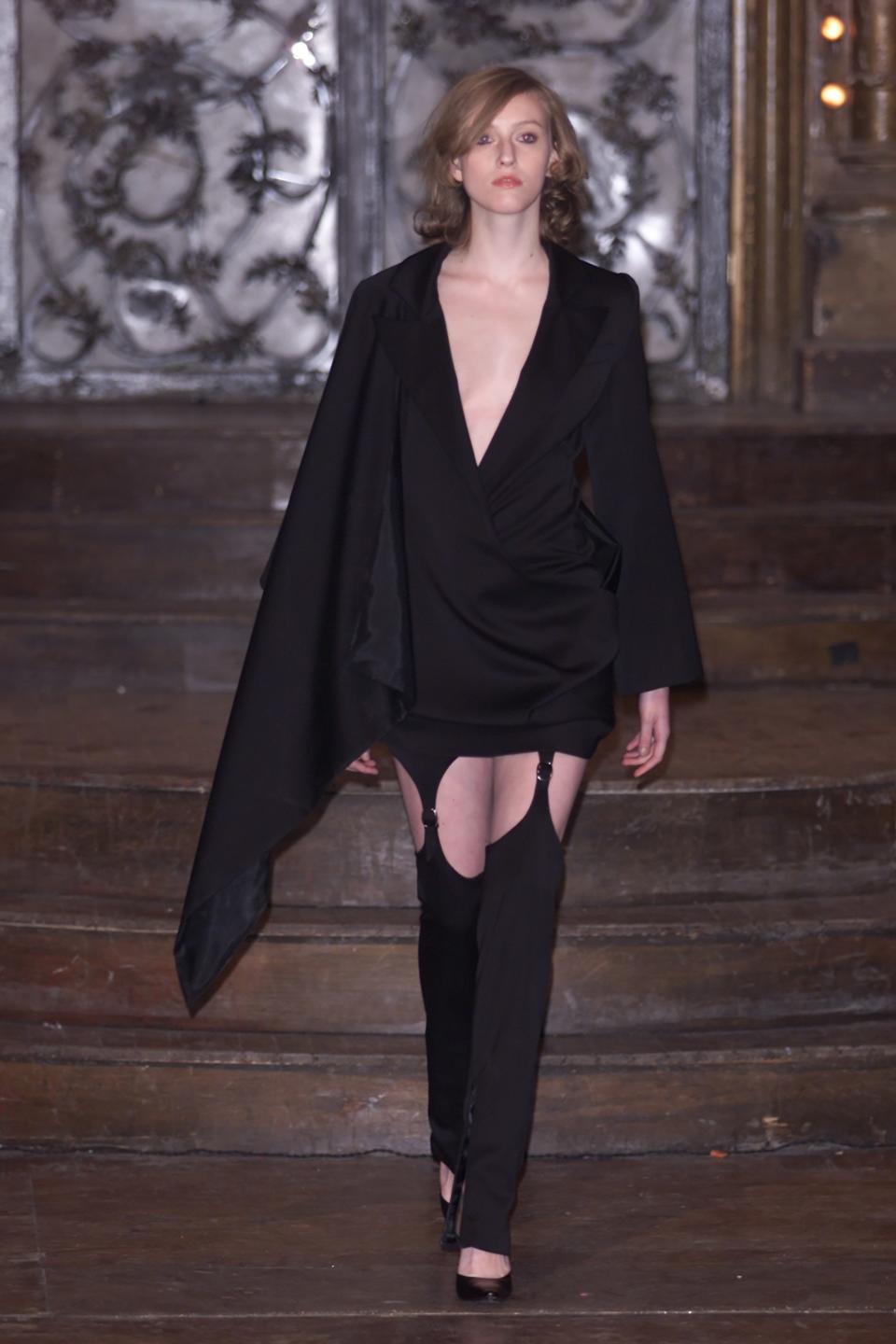
Juliana McCarthy
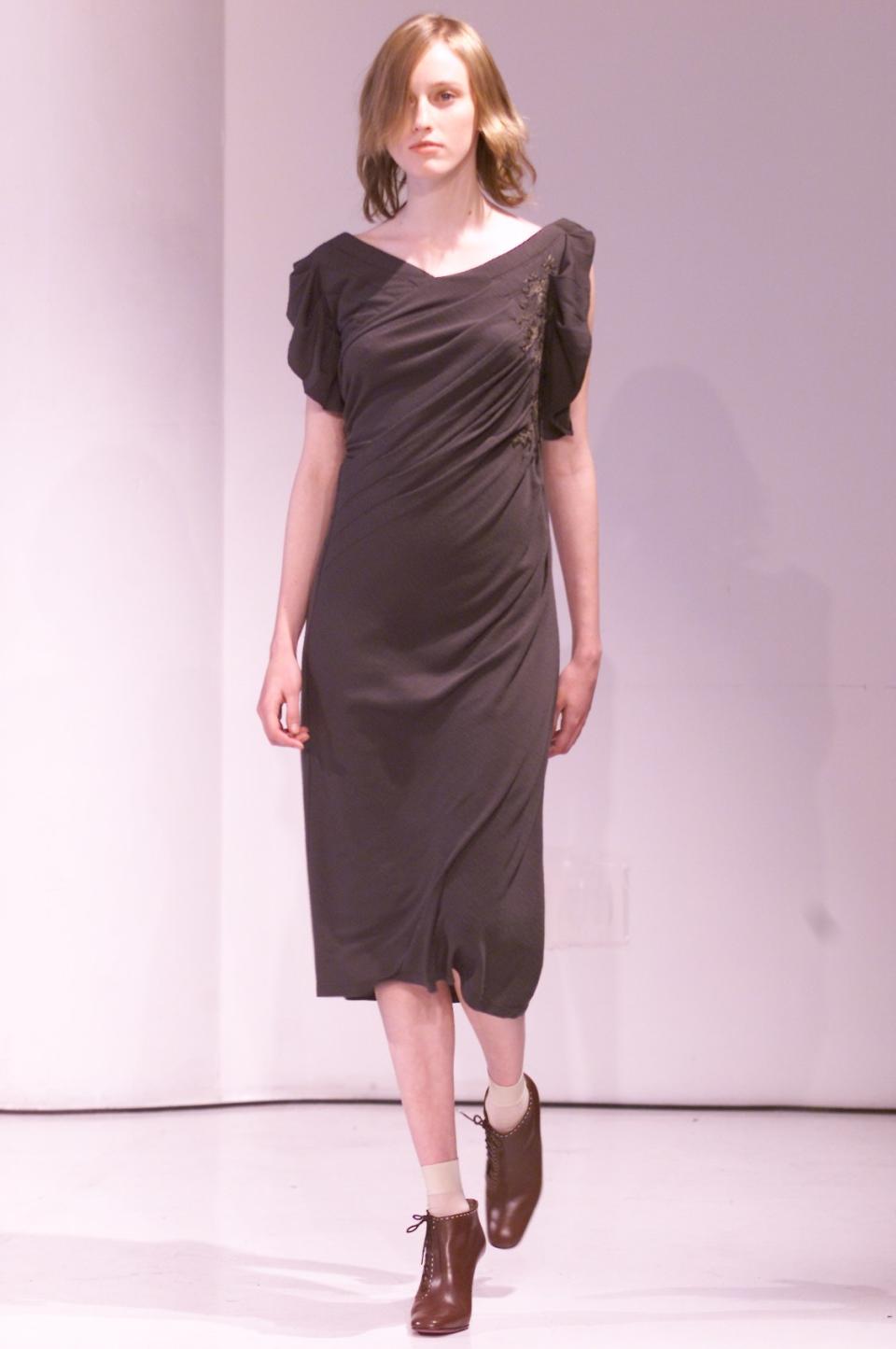
Juliana McCarthy
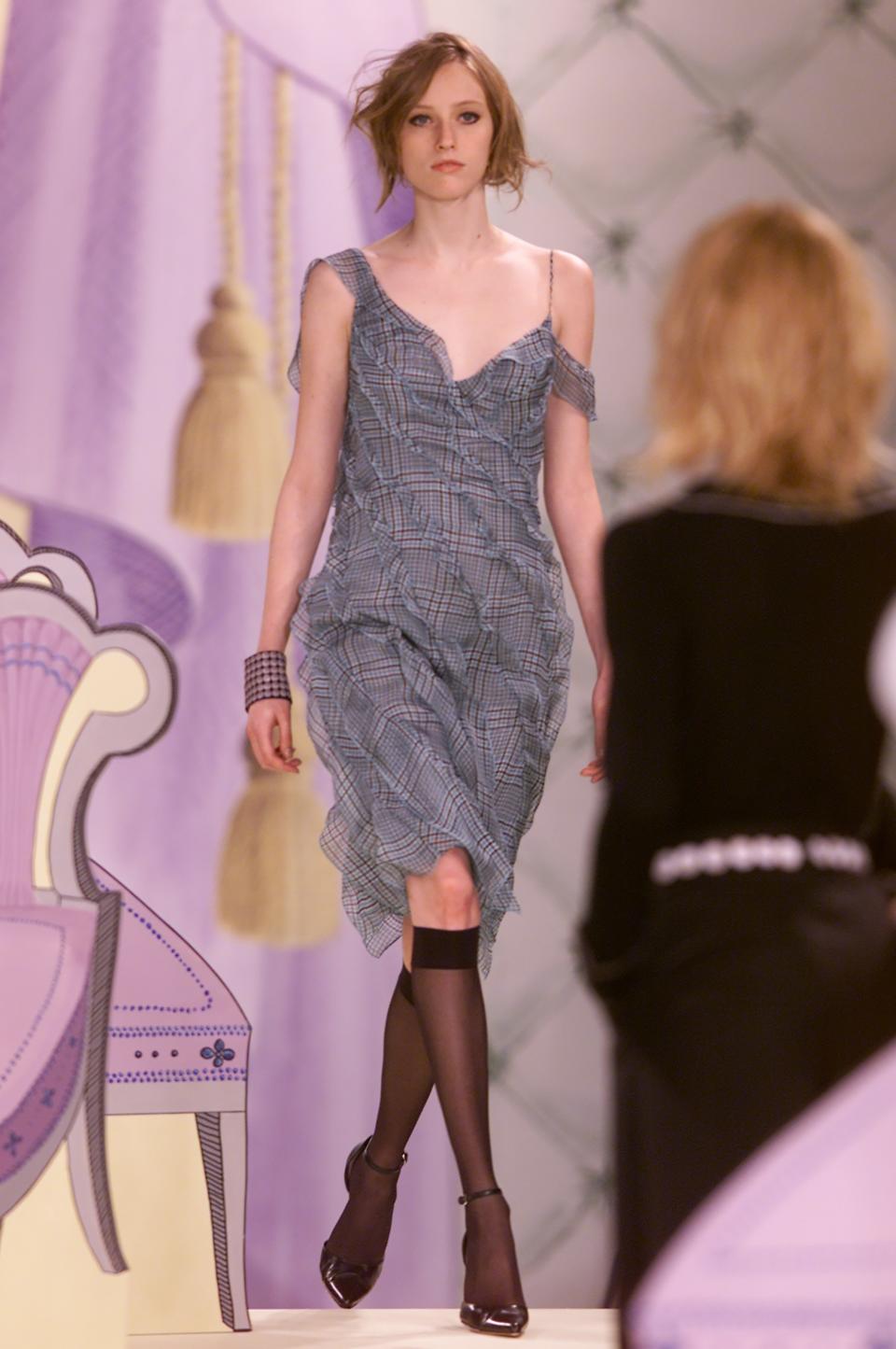
Juliana McCarthy
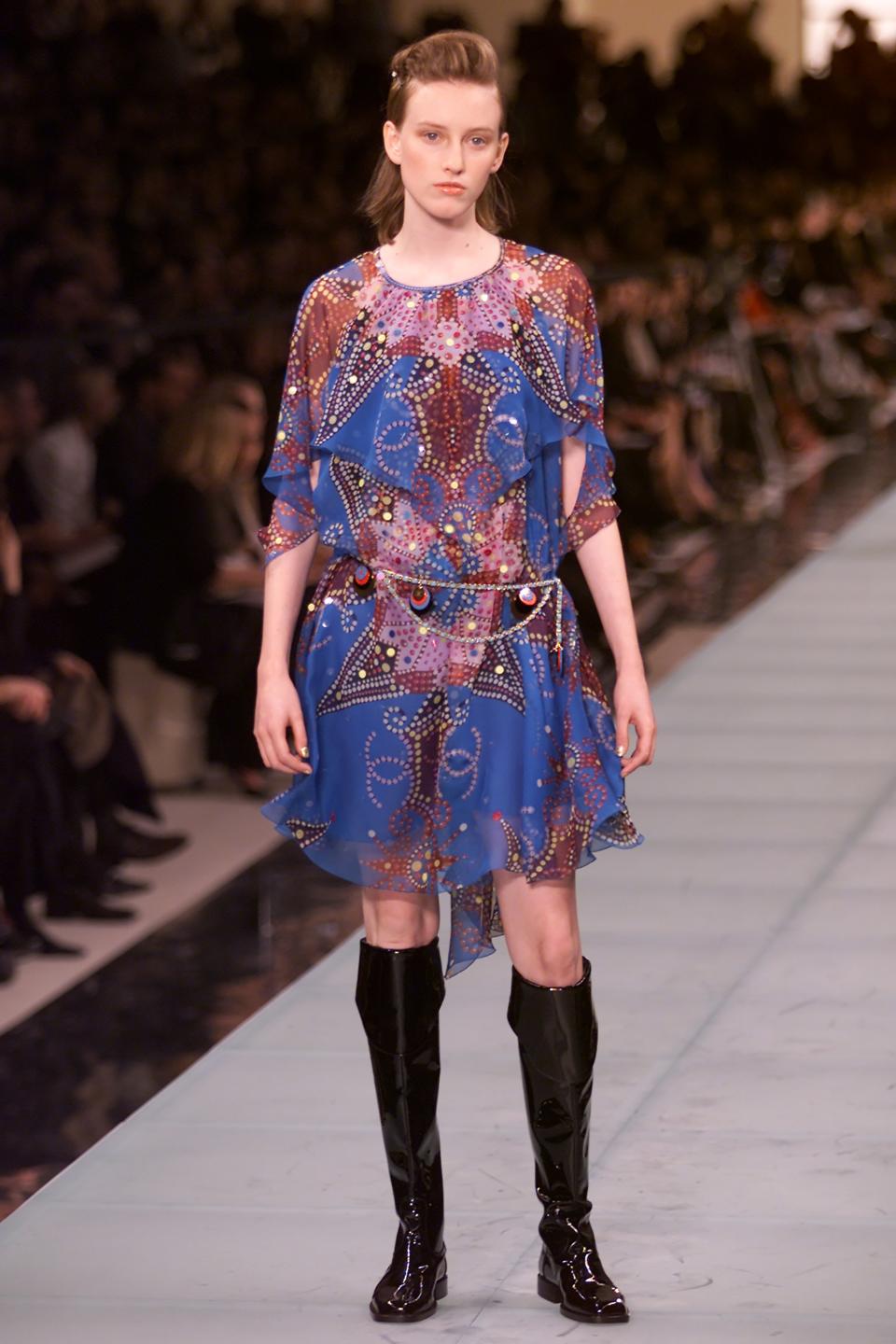
Juliana McCarthy
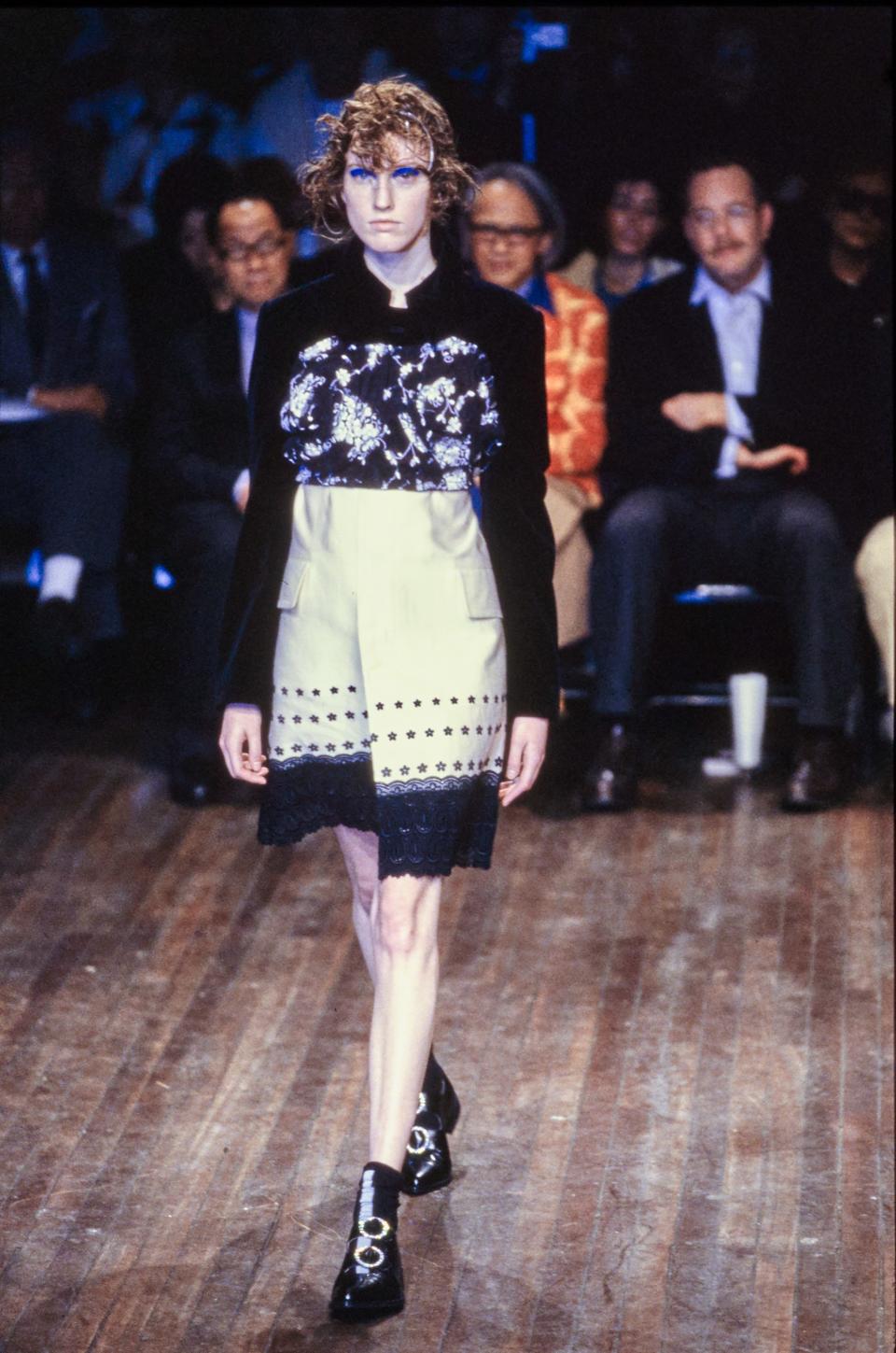
Juliana McCarthy
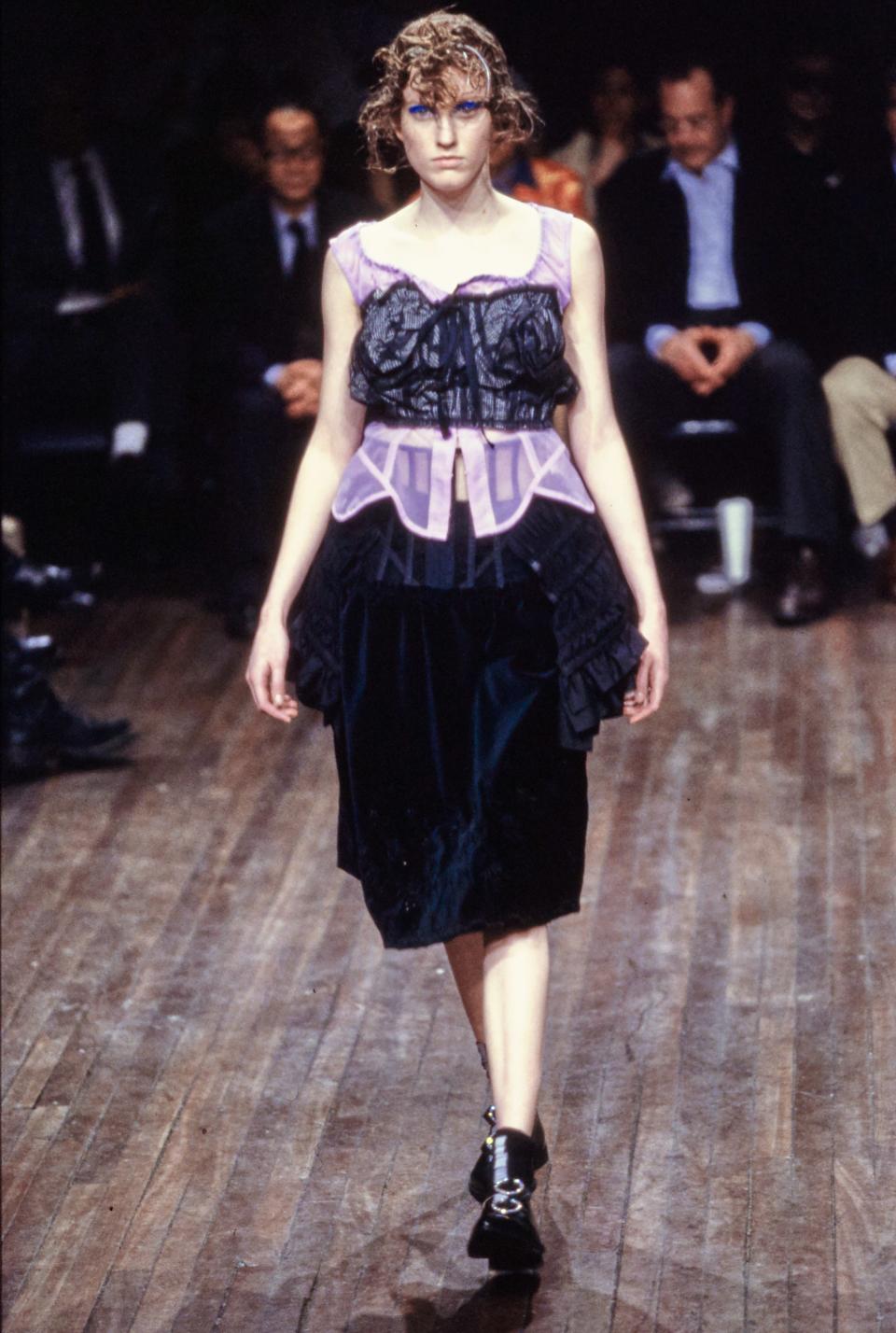
Juliana McCarthy
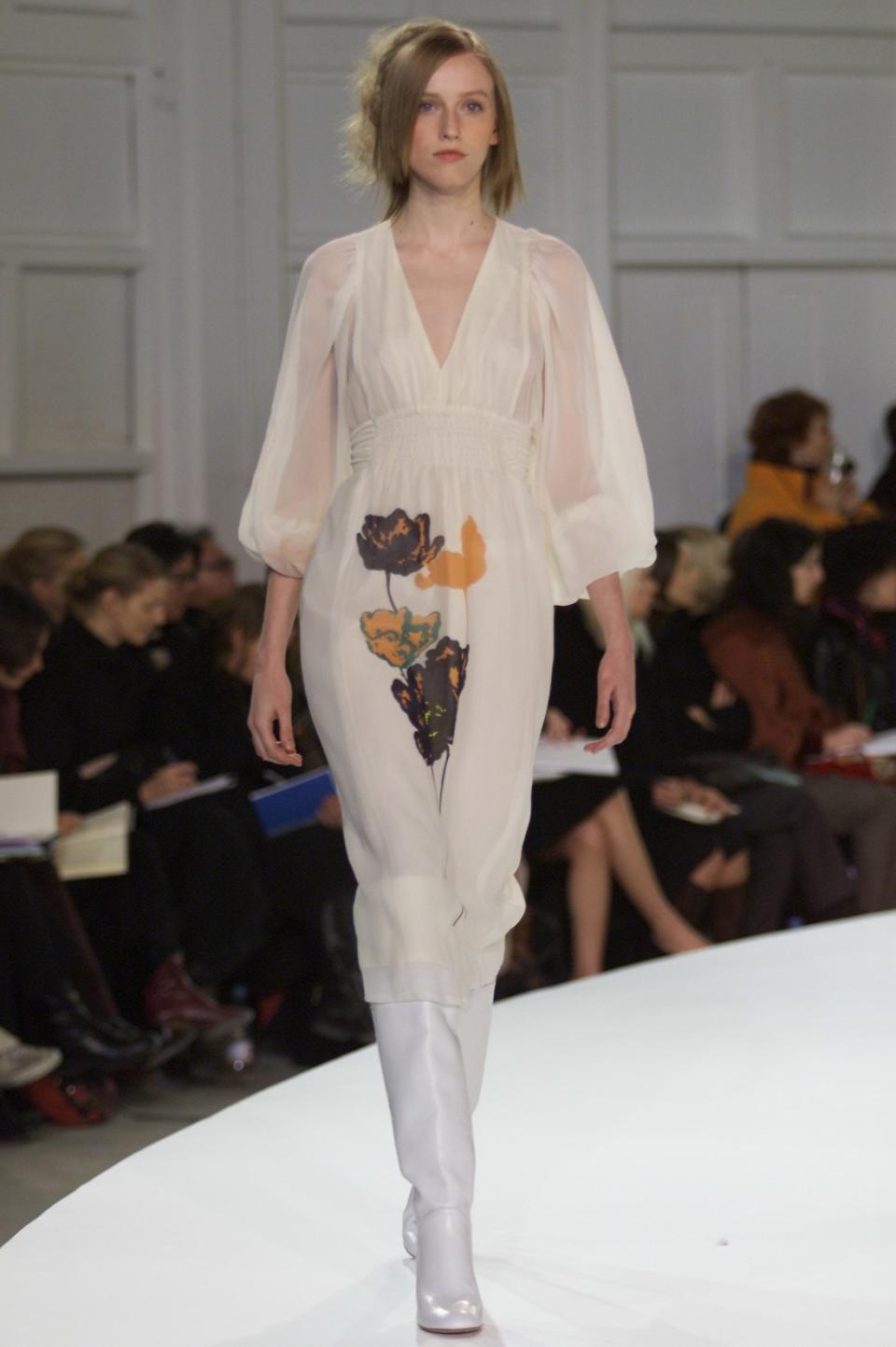
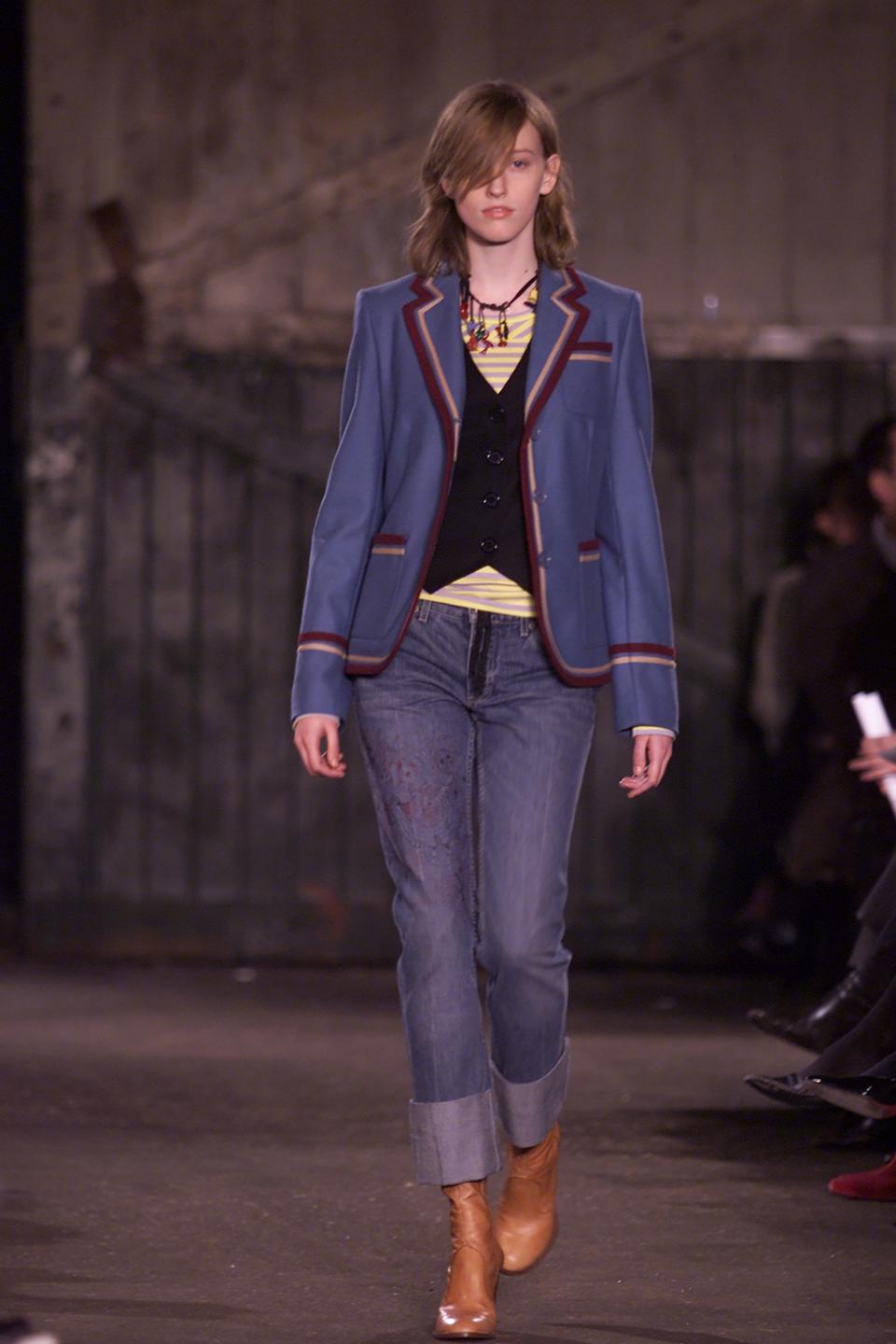
Juliana McCarthy
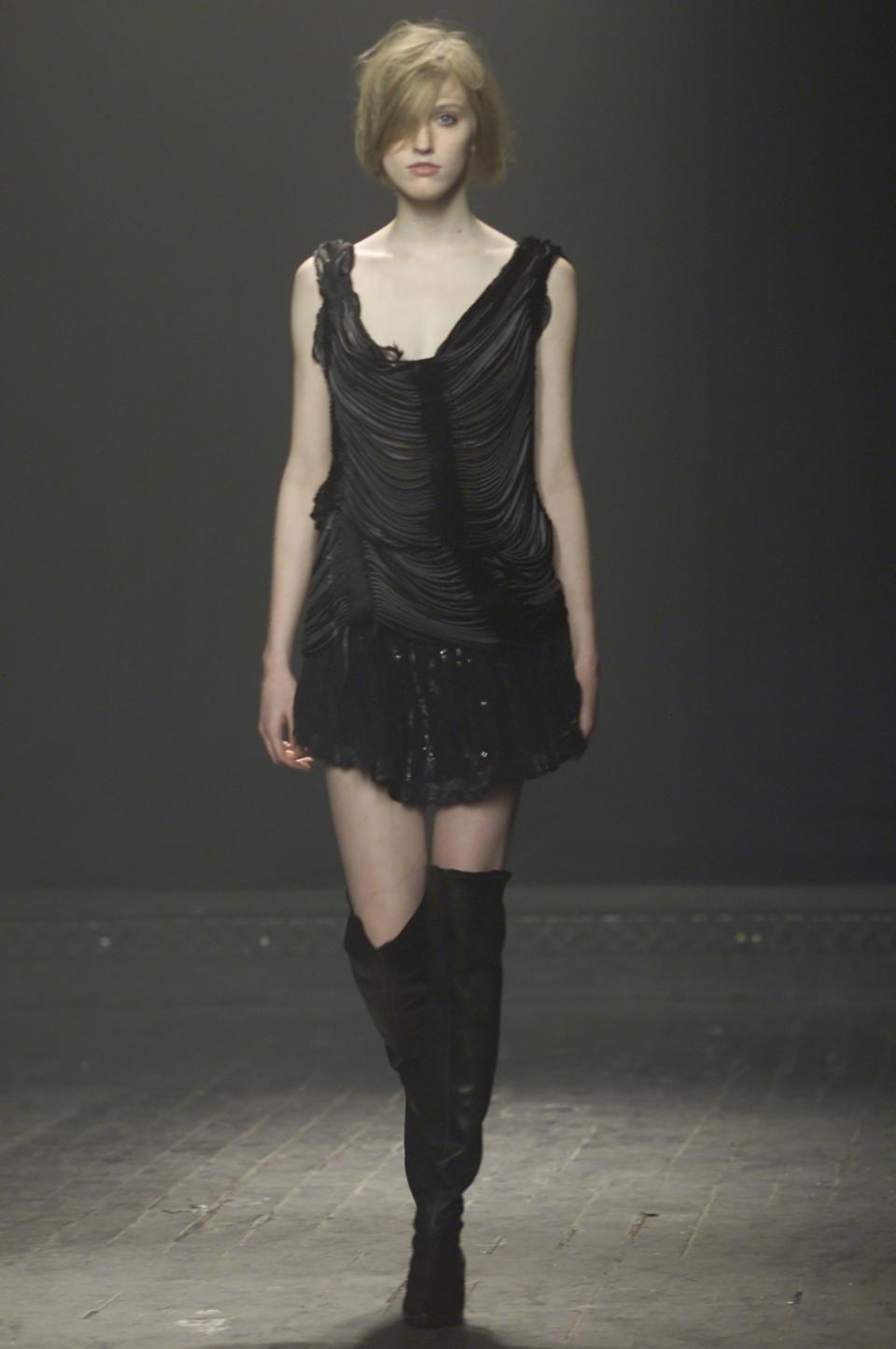
Juliana McCarthy
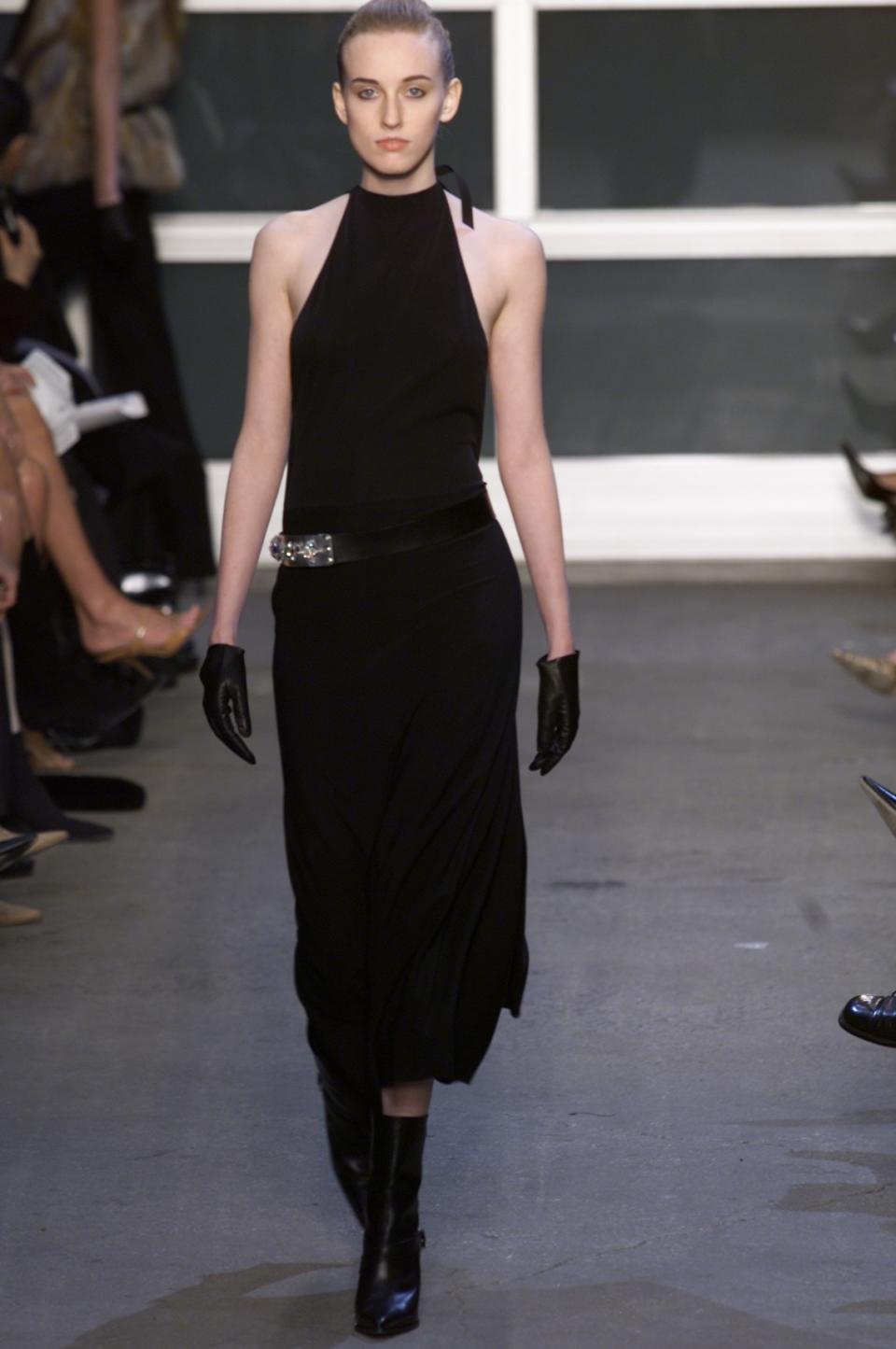
Juliana McCarthy
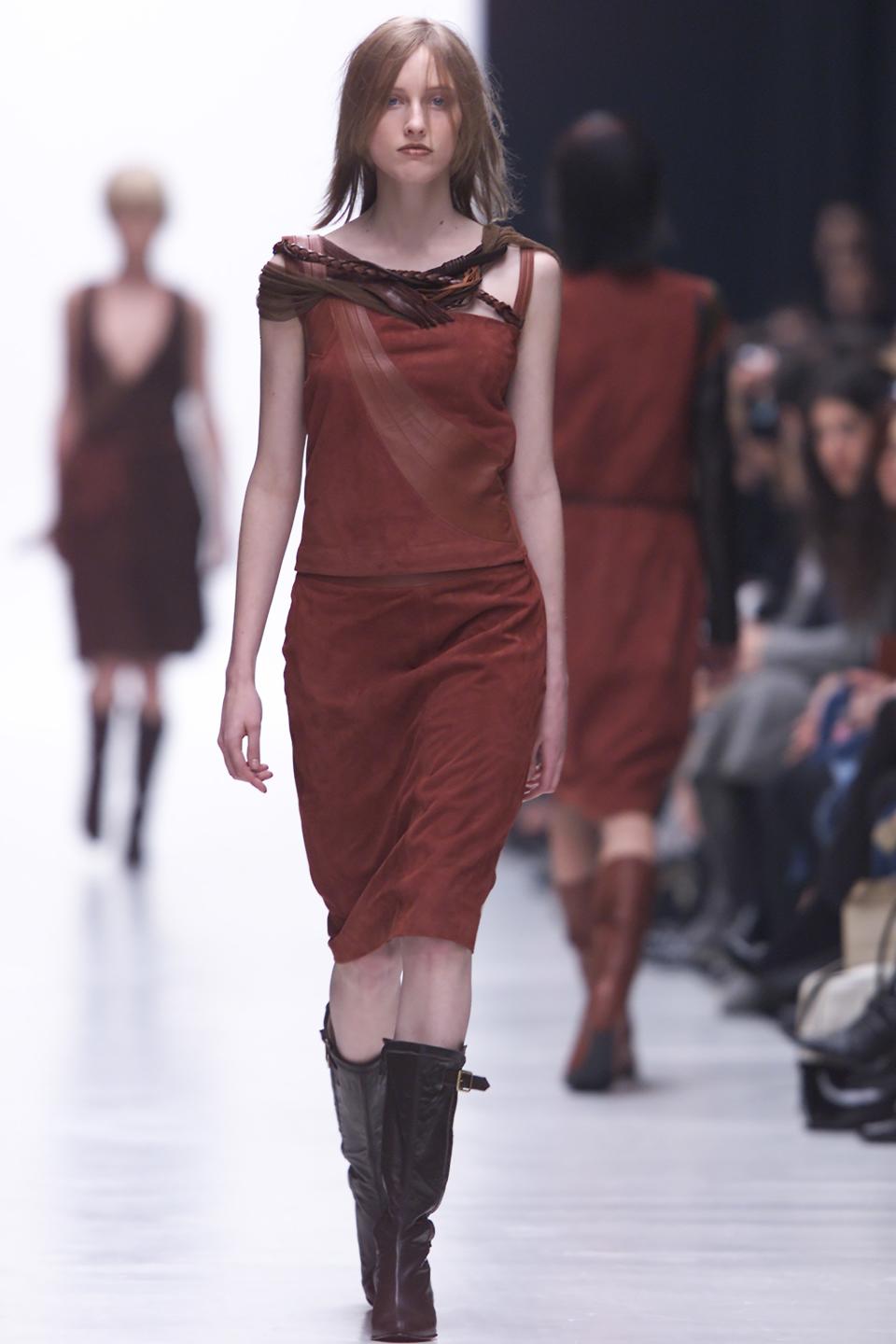
Juliana McCarthy
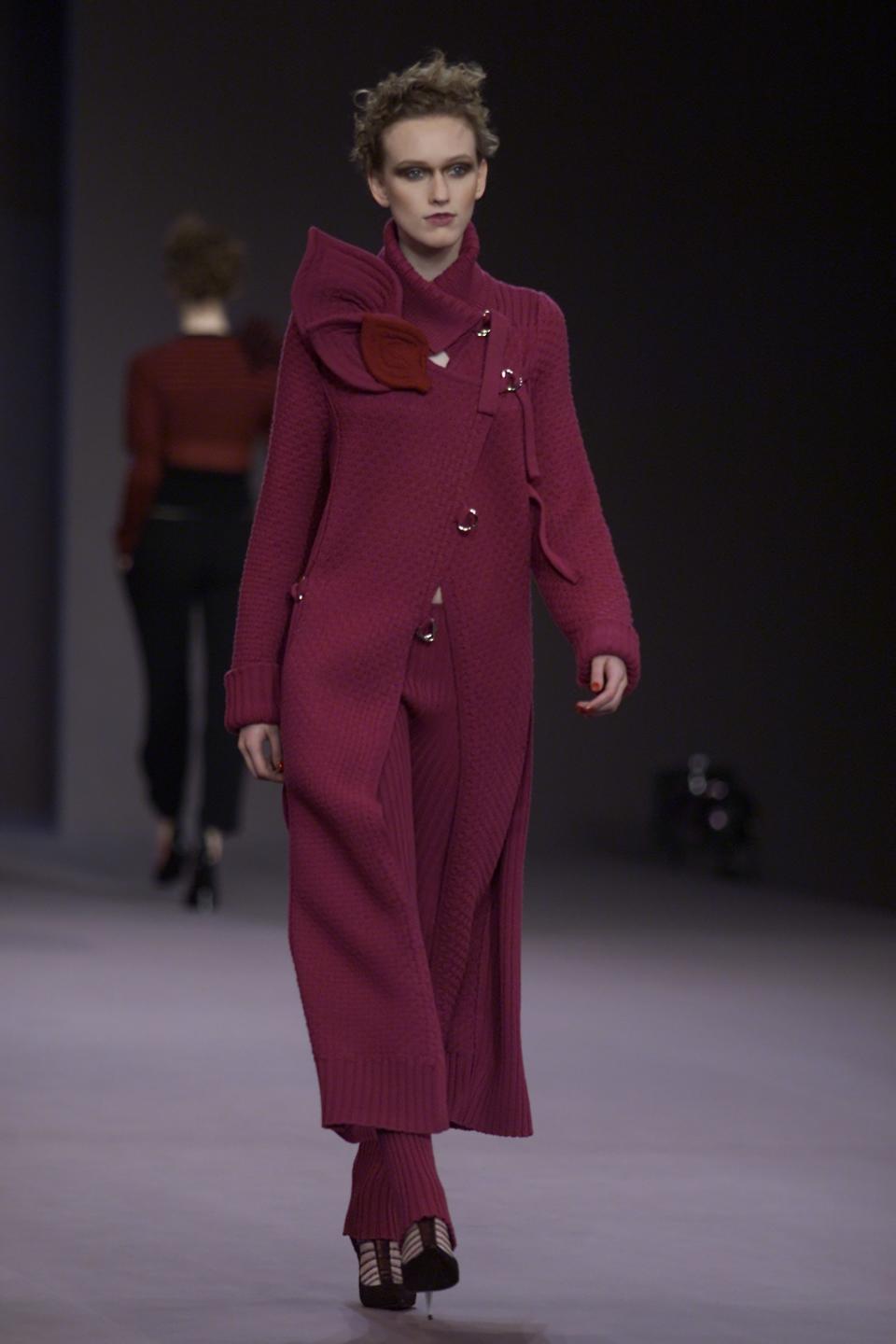
Juliana McCarthy
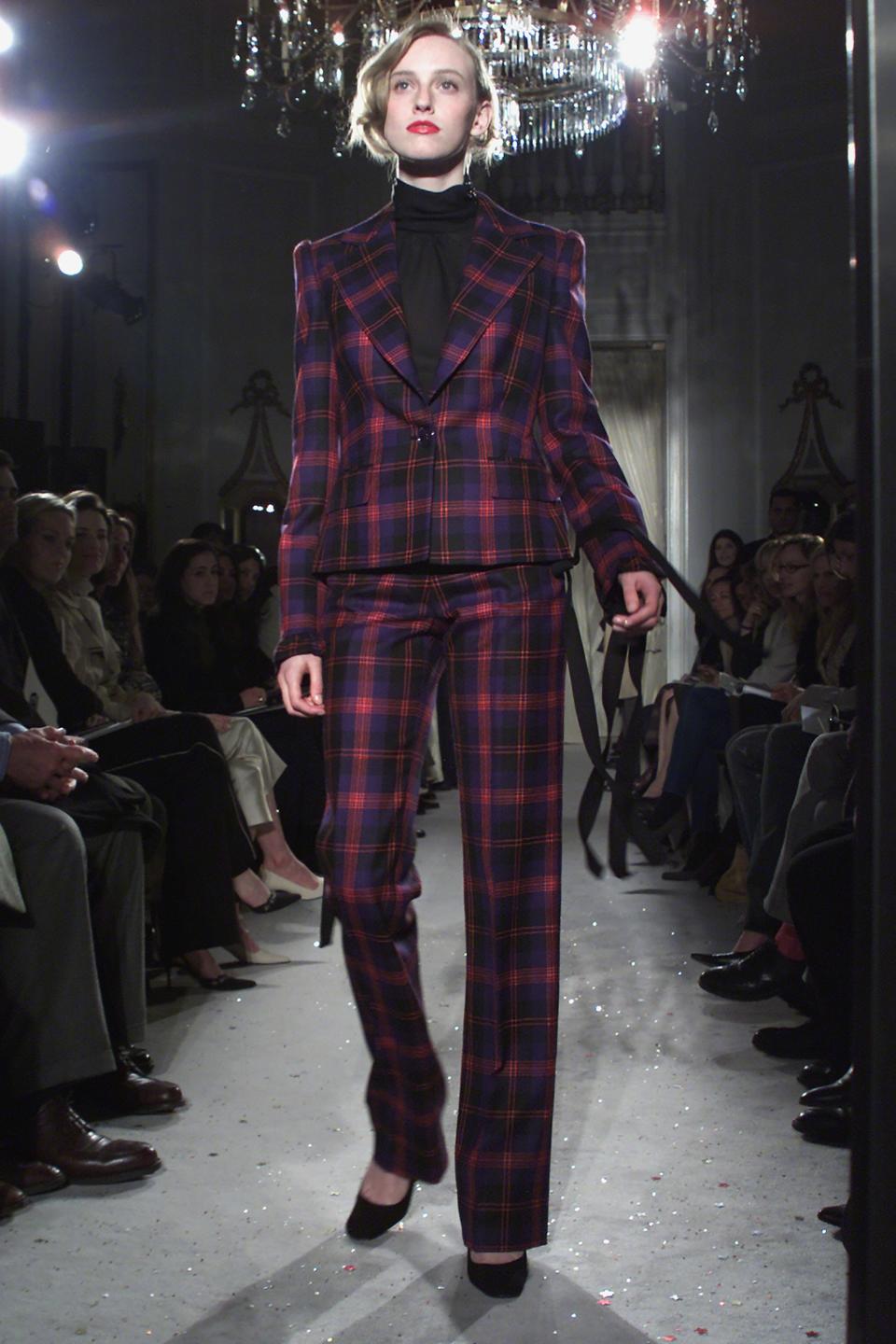
Juliana McCarthy
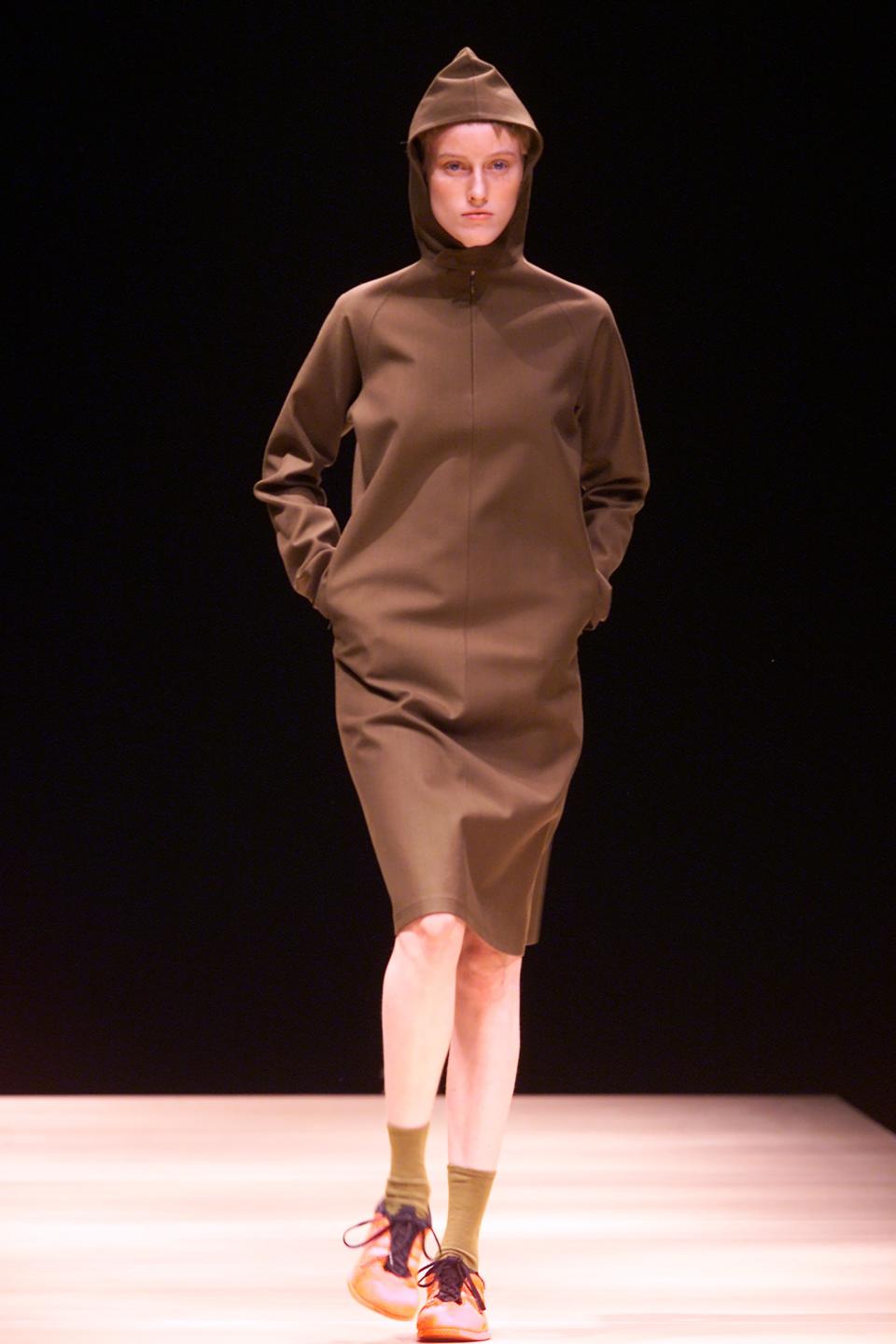
Juliana McCarthy
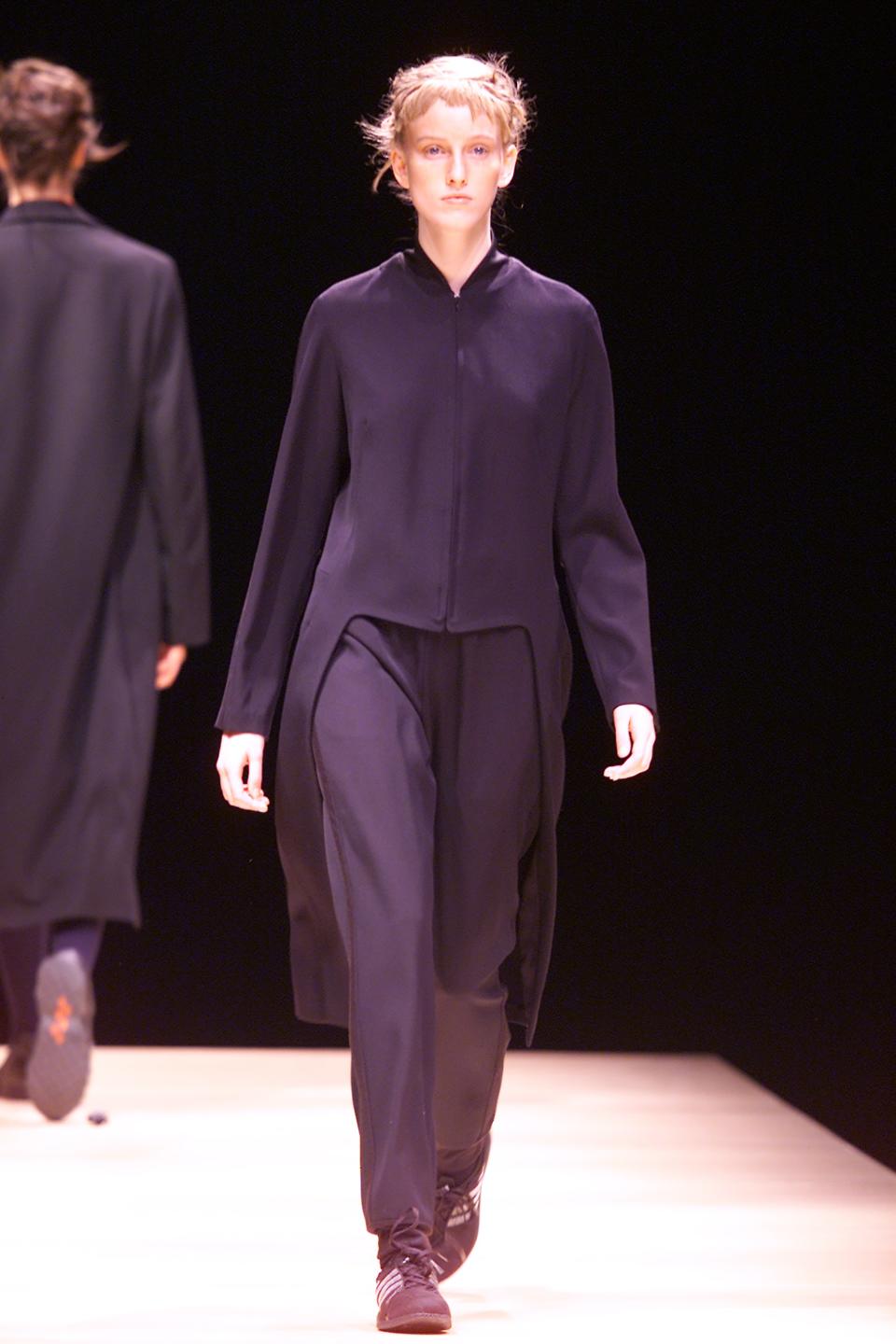
Juliana McCarthy
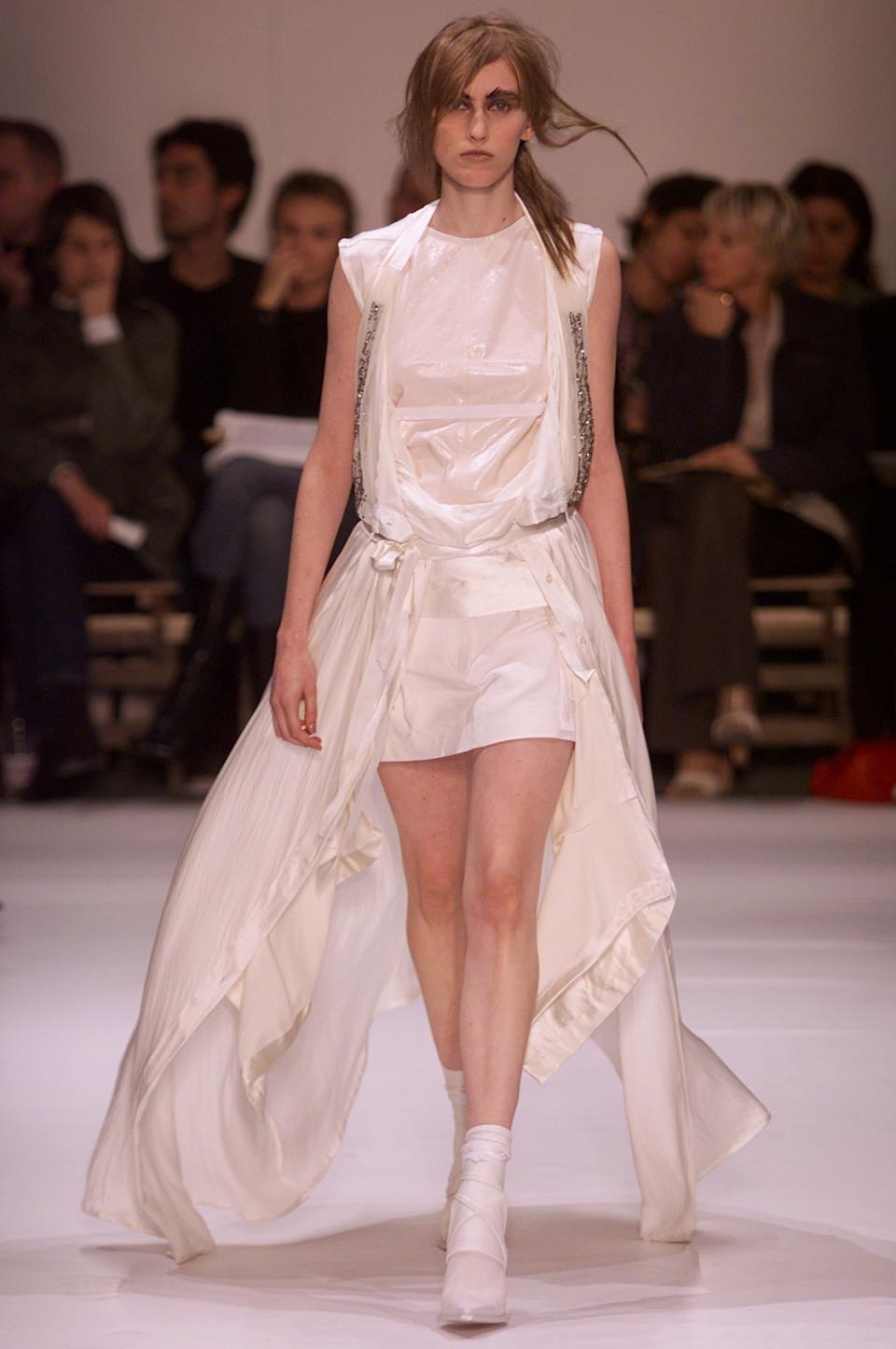
Juliana McCarthy
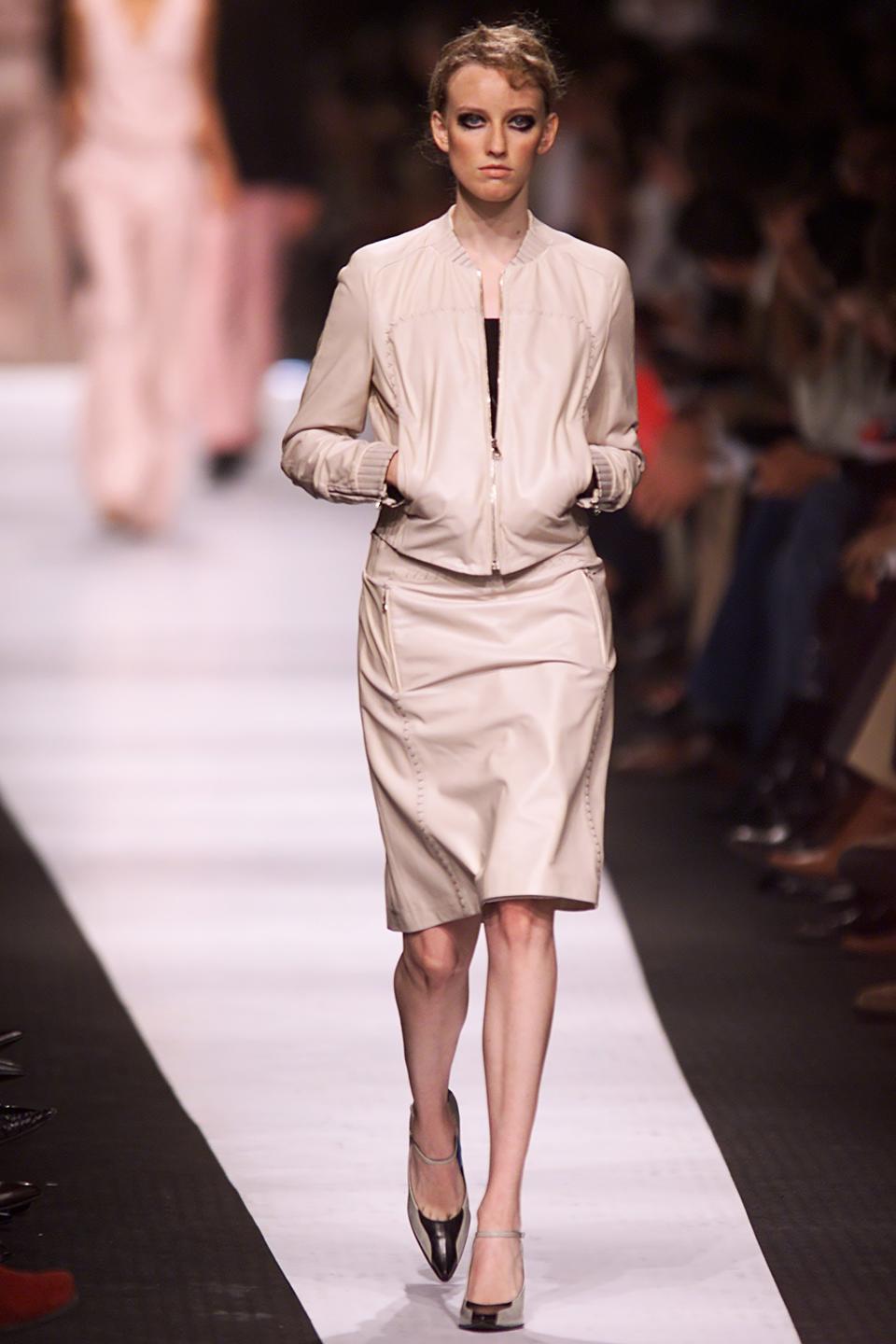
Juliana McCarthy
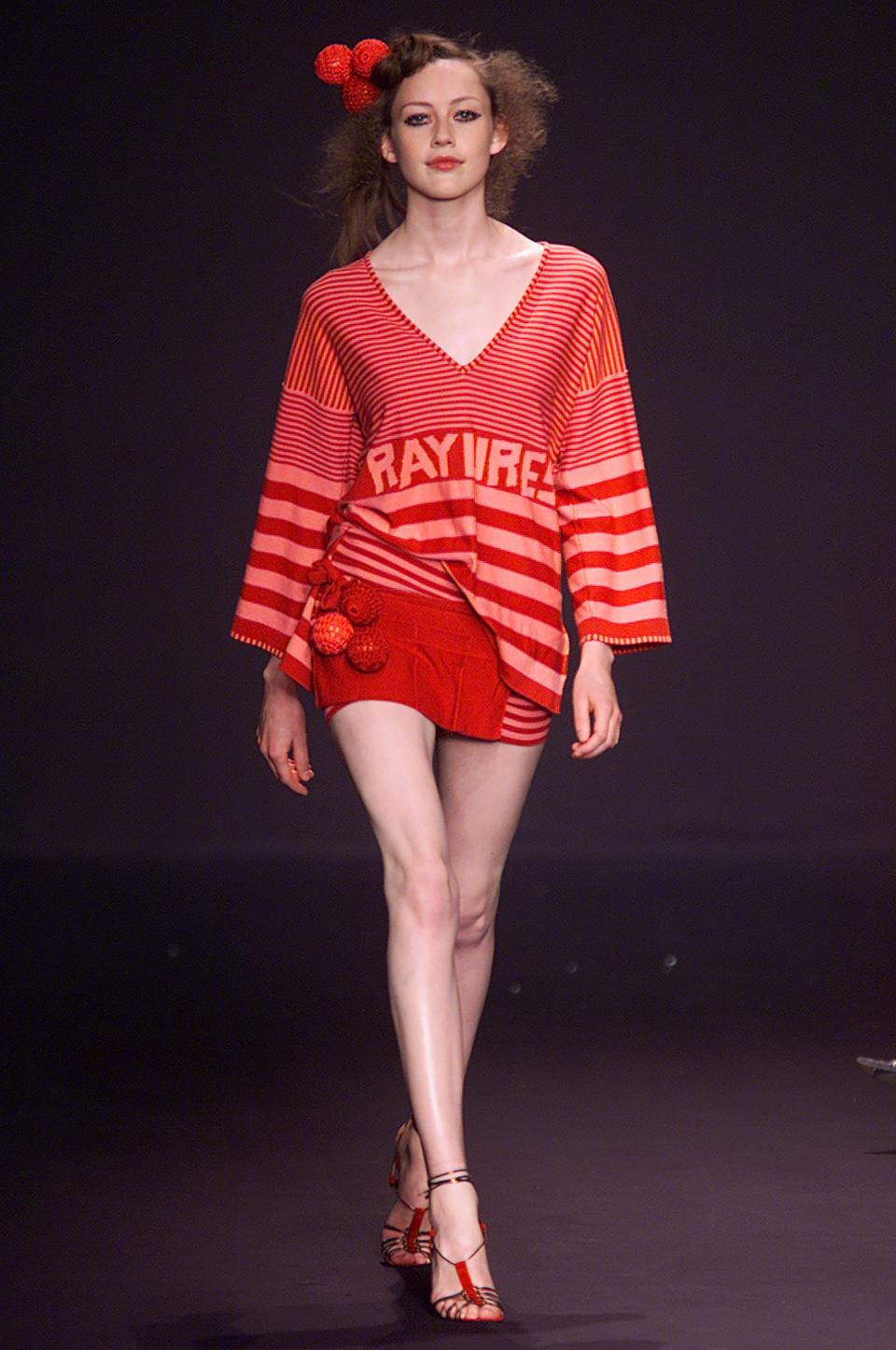
Juliana McCarthy
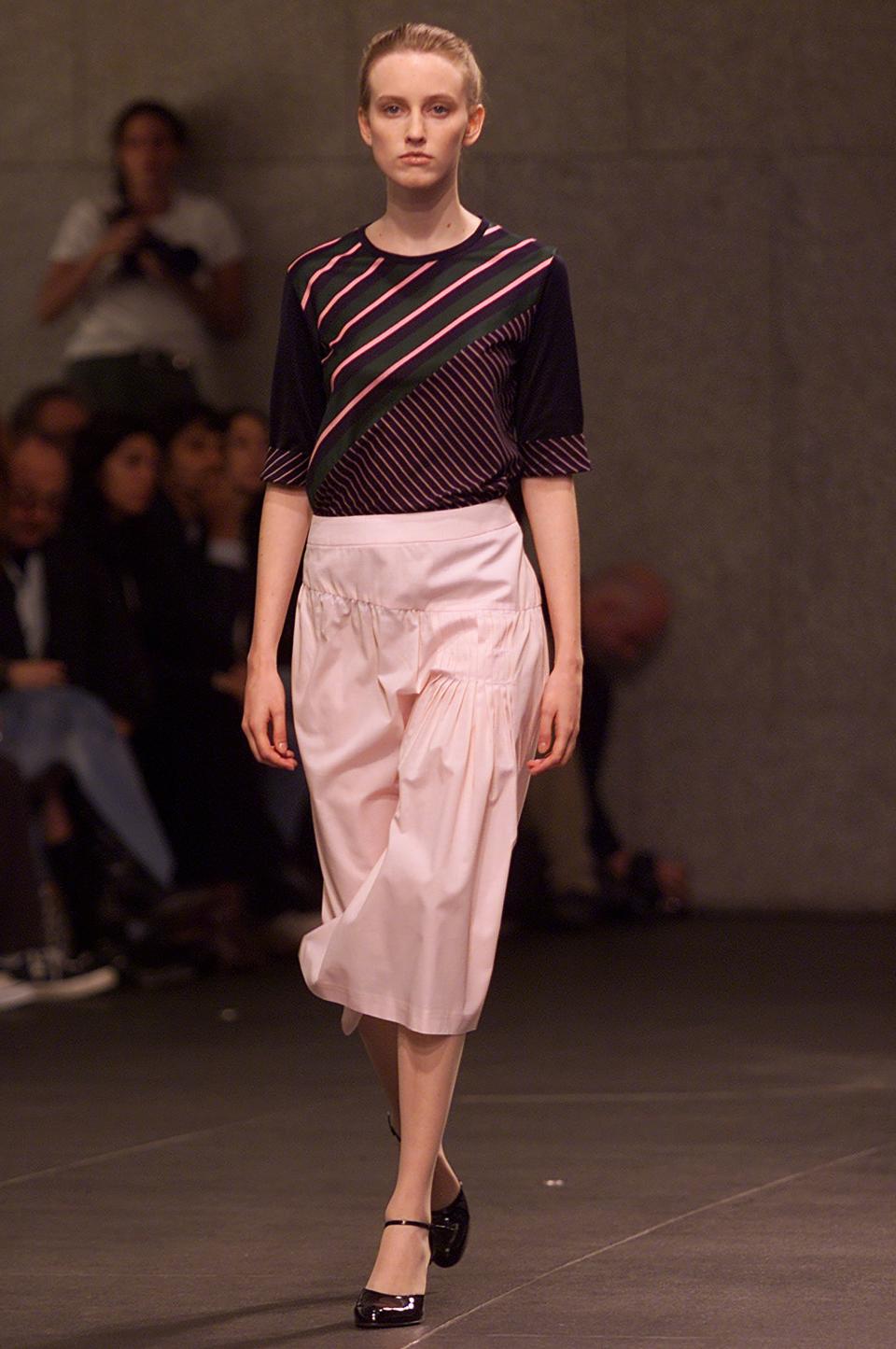
Juliana McCarthy
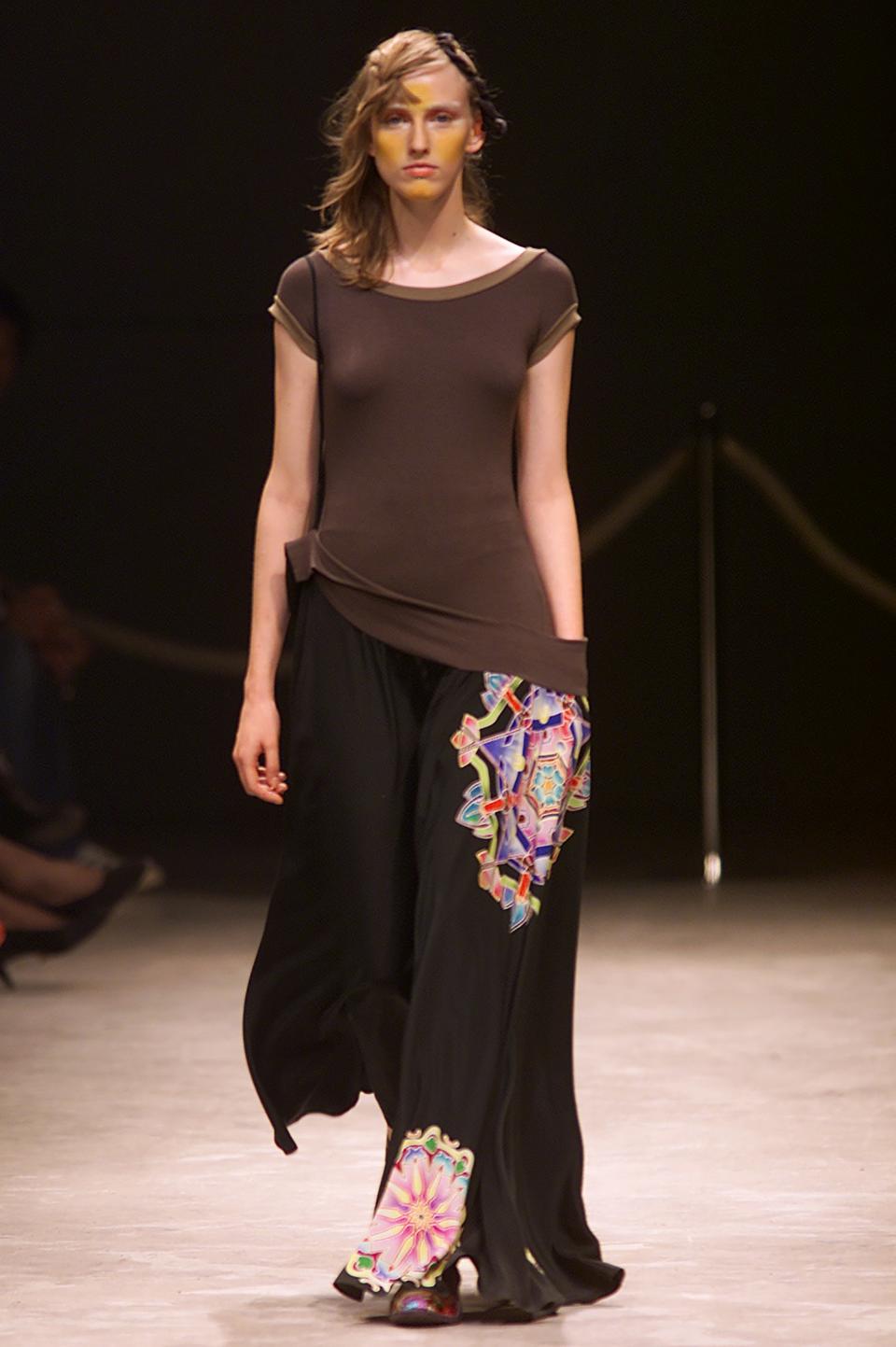
Juliana McCarthy
“I always felt like an alien,” says Juliana McCarthy looking back at her Texas youth. Modeling was this punk’s ticket out, and at 17, she orbited into the world of high fashion in Paris, where she was compared to another celestial being, David Bowie, aka Major Tom. Ironically, it was astrology that helped bring the super-shy McCarthy down to earth; not only did it give her a topic to chat about on set, but it also helped her make sense of the world. Having studied the topic in depth, she’s now written her first book, The Stars Within You: A Modern Guide to Astrology, to introduce the subject in an approachable way. “My goal was to write the book I always wish existed when I was studying astrology,” she says. “I wanted a book that was beautiful and had richness and depth.” Adding to the book’s appeal are its illustrations, by Prada and Proenza Schouler alum Alejandro Cardenas.
Here, McCarthy charts her fascinating trajectory from lunchroom outcast to author with stops in Paris, chez Shire, and a Buddhist retreat along the way.
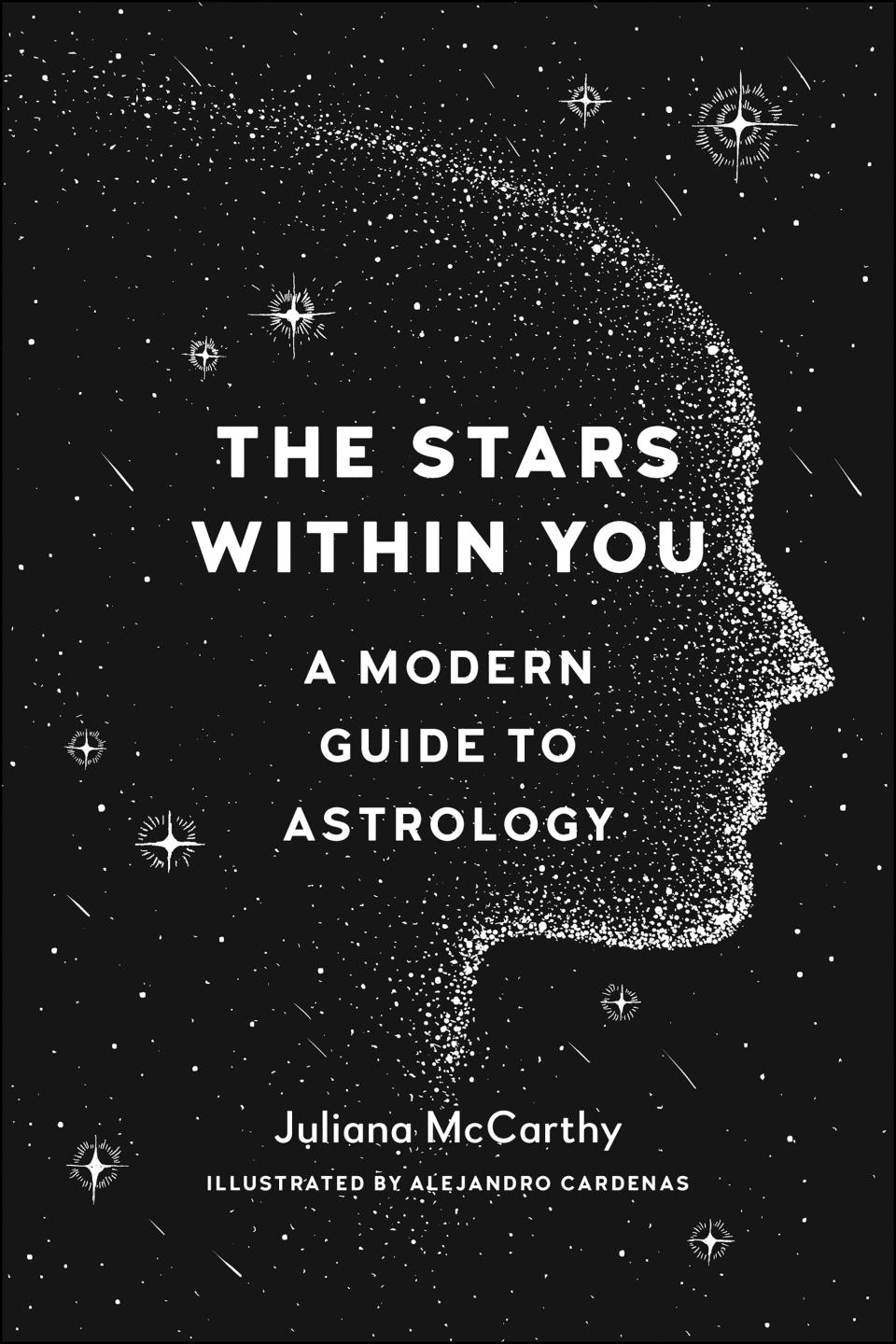
The Stars Within You by Juliana McCarthy
Where did you grow up?
I was born in Dallas, which never felt right; it’s super conservative and I am sort of a born liberal. I was one of three people in the Amnesty International club in high school and I stood up against capital punishment in my lunchroom and got booed out and everyone called me a witch. I just didn’t really fit in there and I ended up [transferring] to an all-girls private school that was very Texan, and then I left [there] and went to the arts magnet school, which is sort of like Fame. I was a dancer; that was my major.
How were you discovered?
My sister Eugenie was modeling; she was discovered on an airplane or something and had an agency in Dallas. I went to pick her up one day and her agency was like, “You should model, too.” I had no interest in modeling, I was pretty punk rock, actually, and didn’t care about anything, but my high school boyfriend was going to NYU and I wanted an excuse to be in New York, so I went and signed with Marilyn Gauthier just to be with [him]. I didn’t expect anything to happen and I was supposed to go to college, but I didn’t because it just all kind of took off.
When did you start modeling?
So, I left Dallas when I was 17 [to] model; I met Alexei Hay [the month I started] and he started telling everyone I was the best model there was. That was when he was having his moment, you know, he was shooting Gucci and all that, so people were really paying attention to him. And then it was just timing, I guess; I moved to Paris and was working seven days a week. They put me in Self Service and Numéro in my first couple months there and then Inez [van Lamsweerde] and Vinoodh [Matadin] saw those pictures in Numéro and they wanted to start working with me, so really within the first six months it all kind of started.
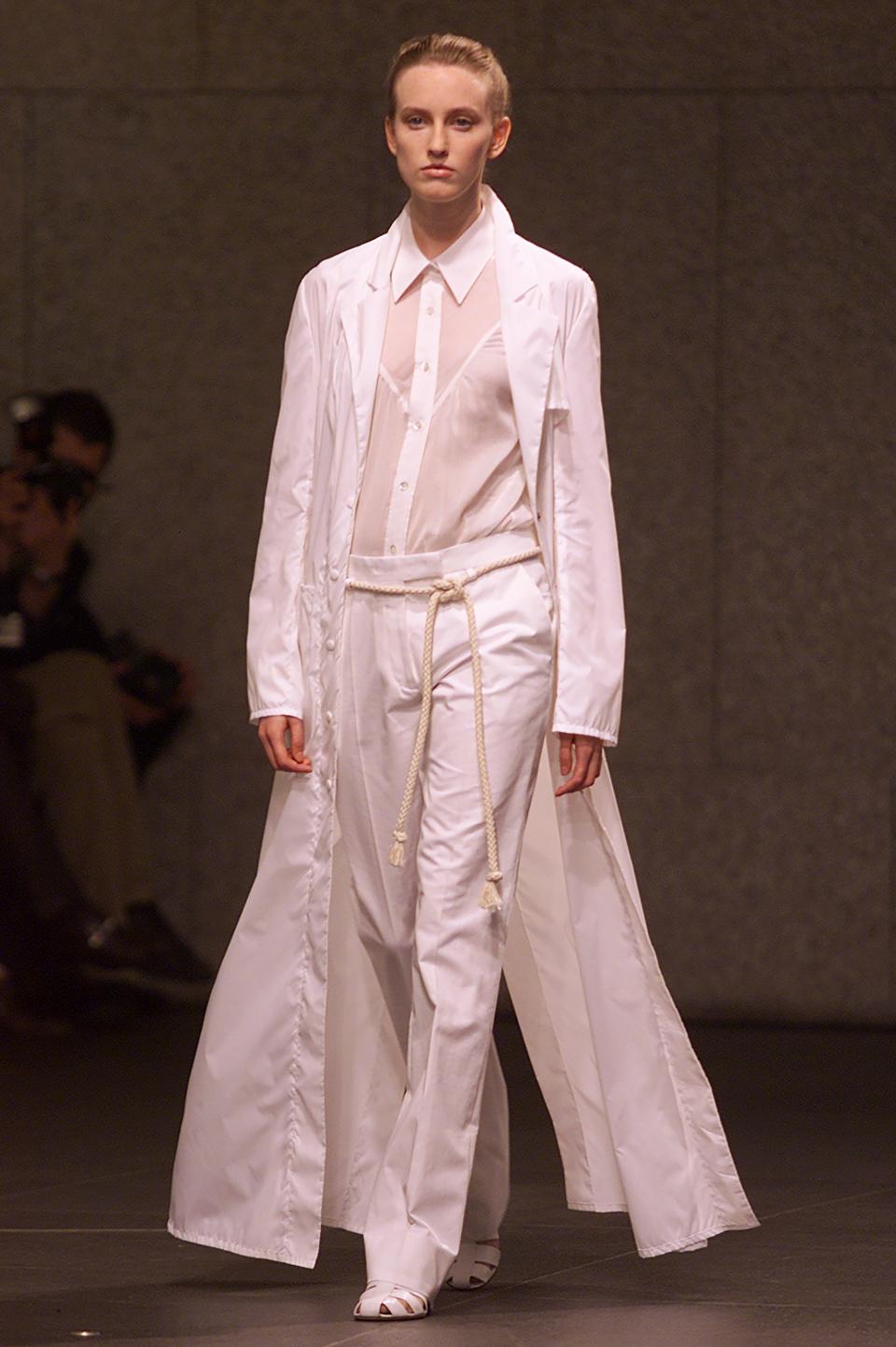
Juliana McCarthy
Who were your favorite designers back then?
Veronique Branquinho and Sophia Kokosalaki: They loved me and I loved them. I started at a time when the Brazilian girls ruled the day. I was part of the Belgian crew somehow, they called us the zeros. I was like, “What am I doing here?” because I was pasty and scrawny and androgynous and smaller than everybody else. Alexei was like, “You look insane, you know.” I [decided], “Okay, I’m just going to embrace that I look insane.”
What was your big break?
I guess the thing that really put me on the map was when I was shooting for Numéro. Nicolas Ghesquière showed up because his boyfriend [at the time] was the makeup artist [James Kaliardos] and they were going to do a shoot for this interview with Nicolas; they used me wearing the new clothes he had just designed for his first season at Balenciaga, and in his interview, he talks about me epitomizing his ideal beauty. I was “a series of contradictions” is what he said, and “she’s angelic but she has this hard-core inside.” I don’t know, I was never a feminine girl. Everyone at the time said I looked like David Bowie [because of my] haircut.
Tell us about the cut.
Christopher Niquet, the stylist, was one of my best friends and he and I were in Paris listening to Patti Smith records and we [somehow] ended up chopping my hair off; it was pretty much like a grown-out bob and then he just kind of fucked it up. That became the cool haircut and I got the Vidal Sassoon campaign [because of it].
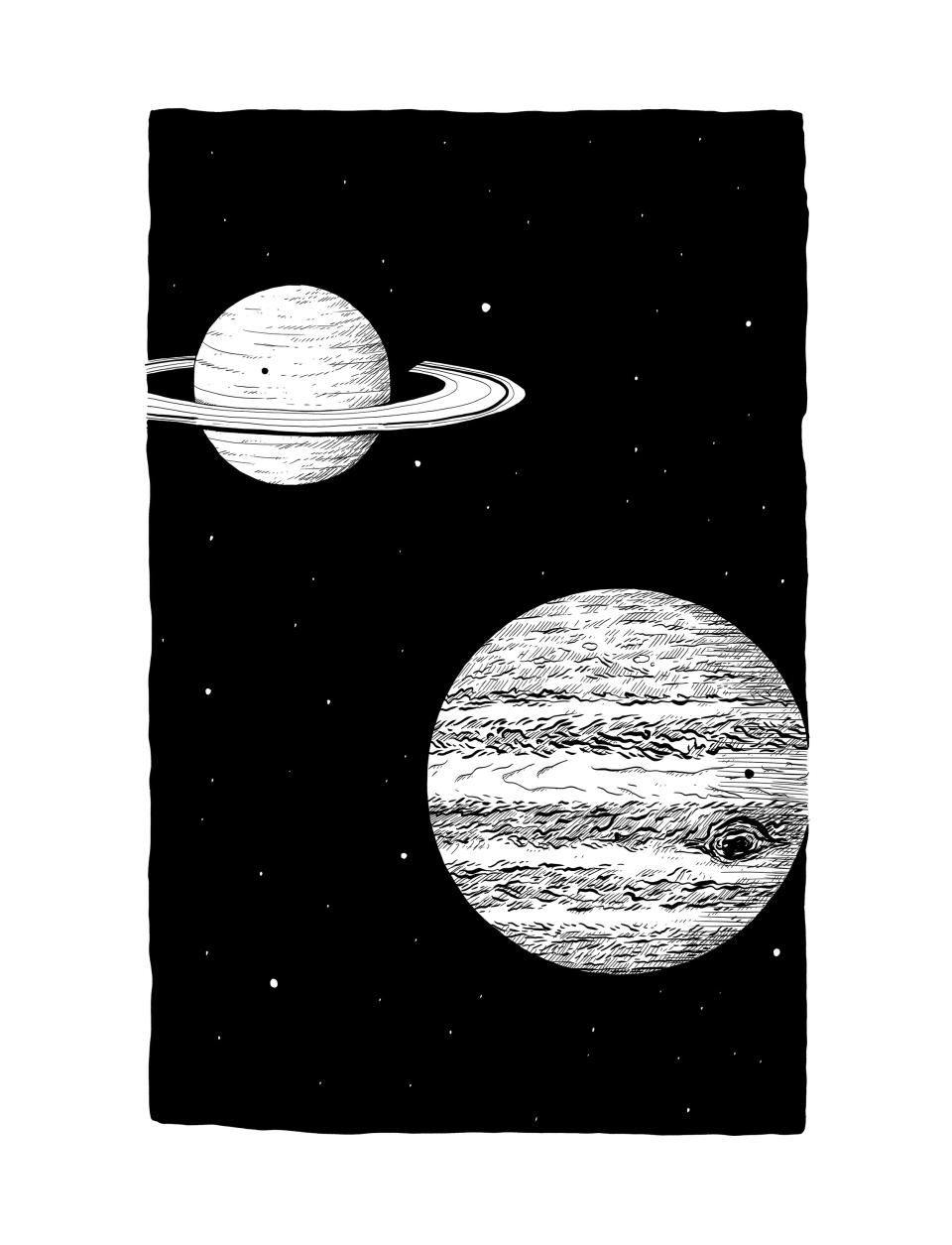
The Social Planets
When did you become interested in astrology?
When I was 18 and modeling I was so shy; I just didn’t know how to socialize and my agency kept saying, “You need to be more talkative on shoots.” I always felt like an alien. I started learning about astrology from a book someone had on set. It was fascinating how it broke down every layer of human nature in a really comprehensible way; it helped me understand logically the sort of illogical layers of human nature. I was obsessed and right away I started reading all of my friends’ charts.
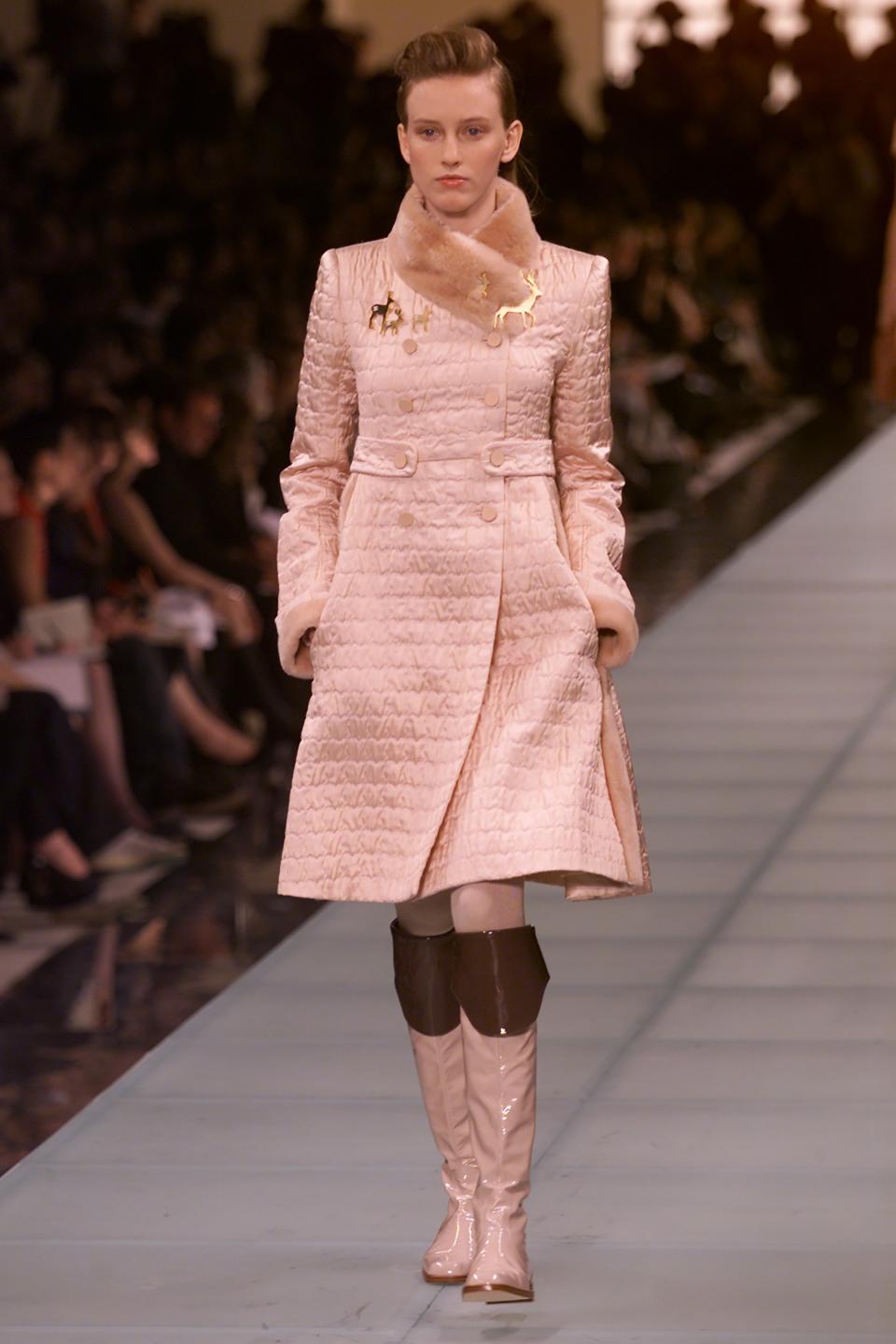
Juliana McCarthy
When did you step away from fashion?
I lived in the Chelsea Hotel [when I first came to New York], and then I moved into this apartment in Tribeca that was just a few blocks from the World Trade Center. When it collapsed, I had a real come-to-Jesus moment, I was like, “I don’t want to be modeling when the world ends.” I actually wrote my college essay about being backstage at the Chanel show and being miserable and not wanting to be there and applied to Sarah Lawrence from the shows. I guess I decided to quit before I got into school, luckily [I got in].
I was dating Jason Schwartzman’s brother when I quit modeling and I moved in with his mother, Talia [Shire], who is Francis Ford Coppola’s sister, who [played] Adrian in Rocky, and they had a family astrologer they started sending me to who would read my charts and then lead me through these Jungian visualizations. Then, I started leading my friends through them, and they were having these powerful experiences. They were like, “This is what you need to be doing. We’re going to buy a billboard for you on Sunset Boulevard.” But I didn’t do it professionally until much later.
So you attended Sarah Lawrence?
I went for four years, my focus was on writing, and I was a book editor at Grove for many years [after that] and then went freelance and worked in the art world before I went off to the monastery. I had kind of caved into the fact that I might just be an editor for the rest of my life, so it is super exciting to actually have my own book coming out.
Monastery?
Alejandro Cardenas [who illustrated the book] and I actually met backstage at a show in Milan. He was working for Prada at the time. His mother’s an astrologer, so we used to talk [about] it a lot. [We reconnected] a couple of years later in New York. [He had] started seeing this Jewish Buddhist therapist named Bernie on the Upper East Side who all of our friends ended up going to see. He got me really deep into my Buddhist path, and so I ended up leaving New York and Los Angeles and moving to a Buddhist retreat center and living quasi-monastically for over a year and immersing myself in Buddhist practice. That was 2009–2010.
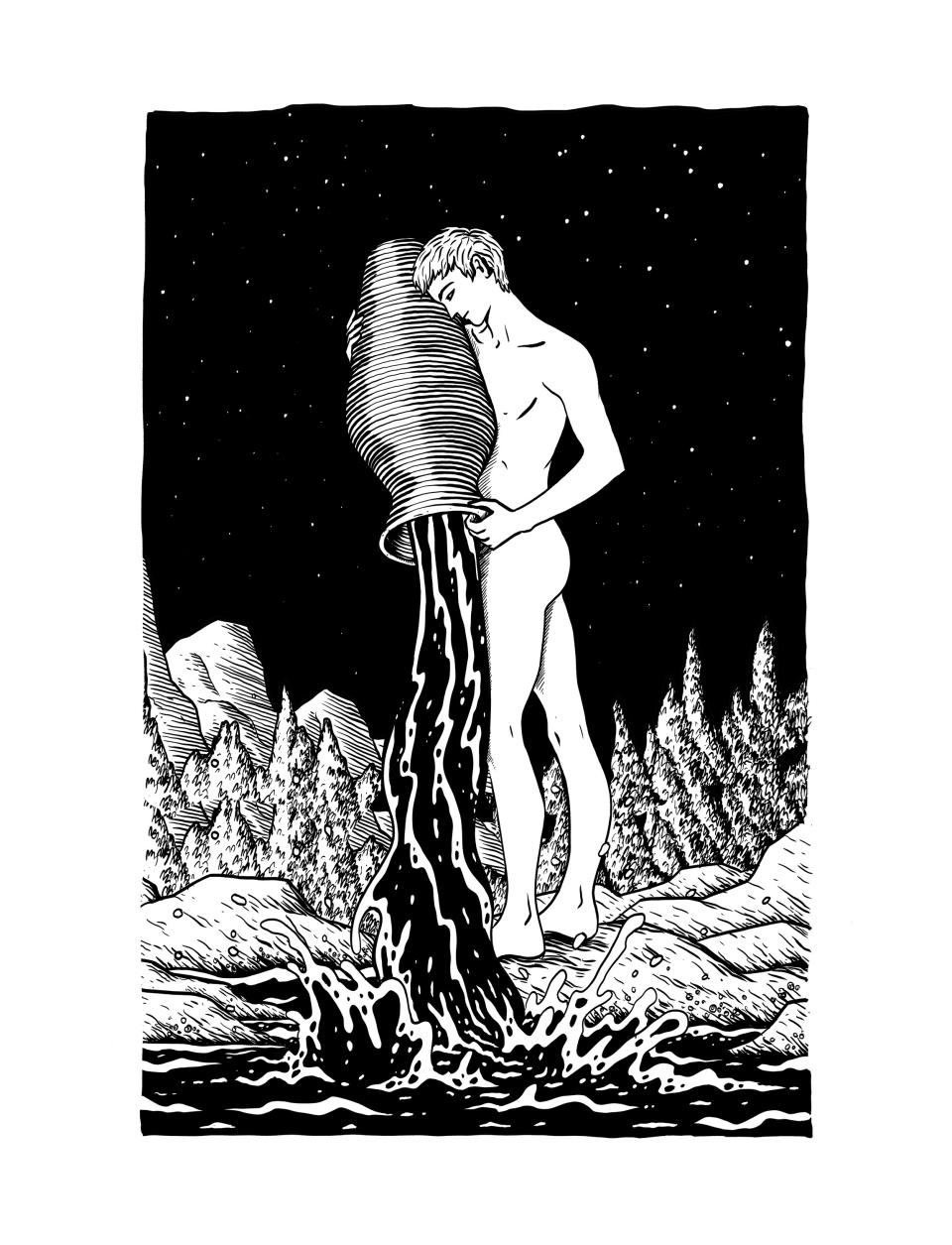
Aquarius
“My grandmother on my mother’s side was a master Tarot card reader and got me into mysticism and alternate ways of looking at reality,” says illustrator Alejandro Cardenas. “She used the Rider-Waite deck and I was fascinated by the art and its symbolism at a very early age. She taught me about all of the narrative possibilities found within a single image and more so when the images are in combination. Juliana and I applied a similar philosophy to our images, for example, the scenery around the figure says as much about the sign as the main figure; earth signs are on land, water signs feature water, and the flowers and scenarios represent aspects of each sign. Another secret is that the actual constellation of the sign is present in the sky of each illustration, though it’s not very obvious.”
And then?
I moved to Boulder, Colorado, from the retreat center and lived there for seven years. I met an astrology teacher when I was there named Kelly Lee Phipps. He was just one of those brilliant people who knows everything about everything, a Renaissance man, but so eccentric; he filled the gaps for me astrologically in terms of the more advanced aspects of chart reading. [His vision was that a] new paradigm begins in 2020, [that] astrology is going to be part of mainstream culture, and sure enough, that’s happening. [He was] writing a book that made astrology accessible to everybody, but he didn’t finish his book; he got brain cancer and died a few months later. As he was dying, he kind of empowered me to be a professional astrologer; shortly after that, I was approached by a book publisher and asked to author a book on astrology. I know this is out there, but very much through this whole experience of writing [my] book, it really feels like he’s been channeling through me, that it’s been like a collaboration. It really easily wrote itself; it’s definitely my style.
What’s your approach to astrology?
I think of astrology as an art and a tool for helping us evolve into our potential. Free will is a huge part of this—it’s not like this is the way you’re going to be, it’s not set in stone. I understand myself better through the vehicle of astrology. In my 20s, I was super dramatic and love felt like dying and I had these torrid love affairs. Now, I’m focused on getting really deep into my potentials and evolving them, so I can [transform] the challenging parts of who I am and the energies I was born with in a way where they become my gift and my adornment instead of my curse or my struggle. That’s the way I approach astrology and that’s the way I read people’s charts, like, this is your struggle, but this is also your gift.
Do you have any predictions for the future?
2020 is the beginning of a paradigm shift, when Saturn and Pluto will form a conjunction in Capricorn. The next election cycle coincides with the start of this new paradigm. It is supposed to be auspicious and good since Jupiter is also conjunct with Saturn and Pluto, planet of good fortune and expansion. These three planets haven’t lined up for 2,200 years. The paradigm shift also coincides with two other significant shifts astrologically, one being that we’re moving out of the Pisces Age into the Aquarian, which has to do with the future, technology, egalitarianism, and life potential.
The millennials are made for these times of transition [and] we are fully in a transitional era right now—it’s intense. Things are collapsing and falling in and ending and the future is totally unwritten, but in a way, that’s the true nature of reality already; it was always uncertain. I think that’s why astrology has been having this resurgence of popularity; the archetypes and the mythology help to explain what we’re experiencing in the collective, which is so helpful. [It tells us,] “Okay, so this isn’t the apocalypse. This isn’t the end of the world. We’re not going back into Nazi-ville; we’re actually ending that cycle.” Trump has Uranus conjunct with the sun in his chart; he’s an awakener and almost a mirror for the underbelly of the collective unconscious. He’s helping us do this deep shadow work and extracting the racism, extracting the misogyny, so we can deal with it more consciously. We’re moving into an age that’s not only an Aquarian golden age, but a matriarchal one, which hasn’t happened for 6,500 years.
